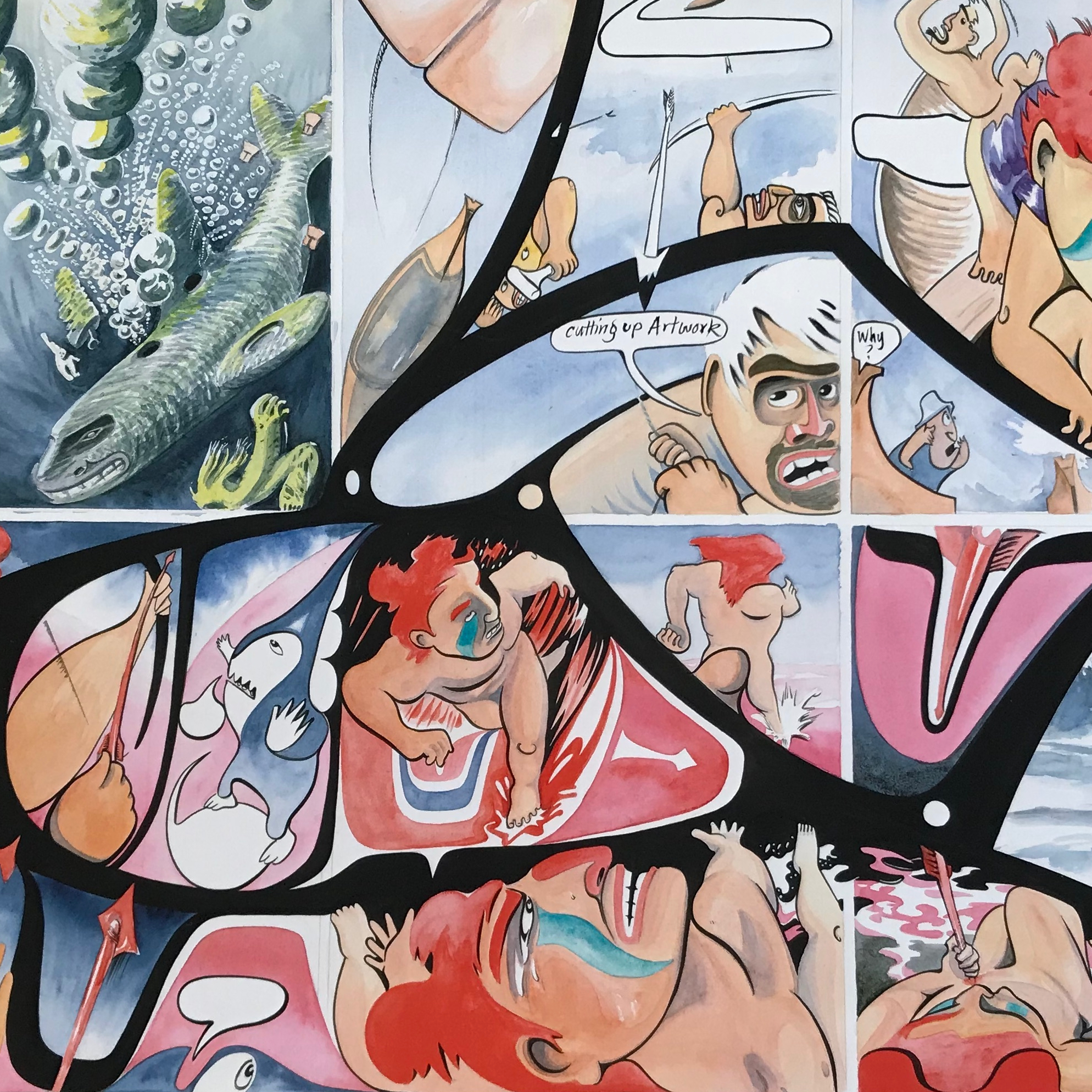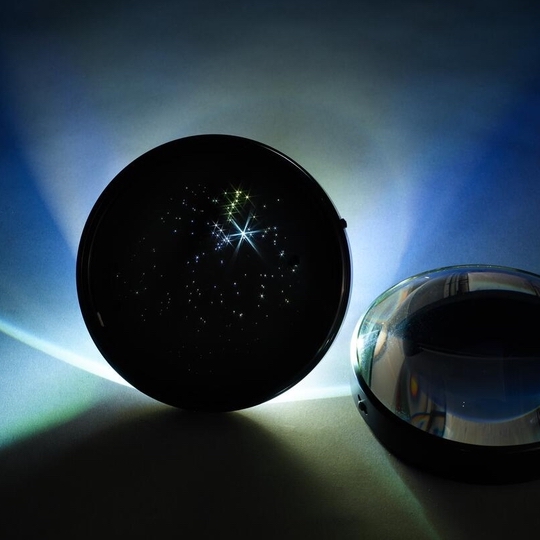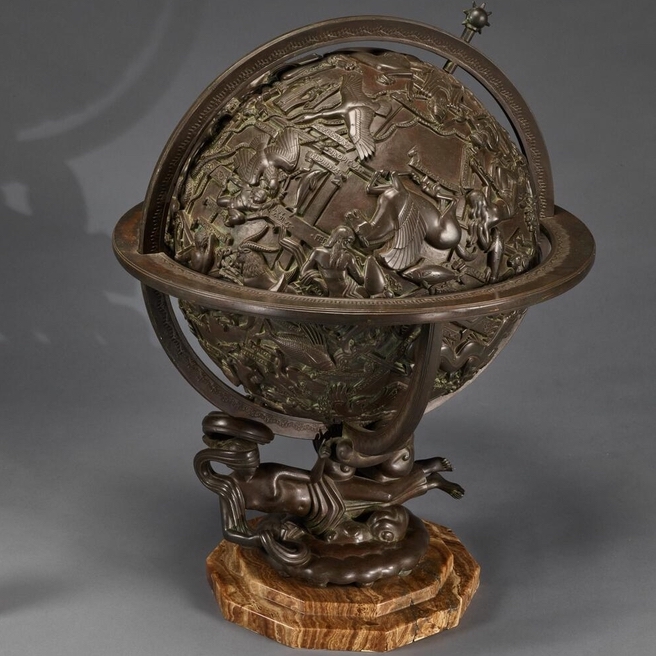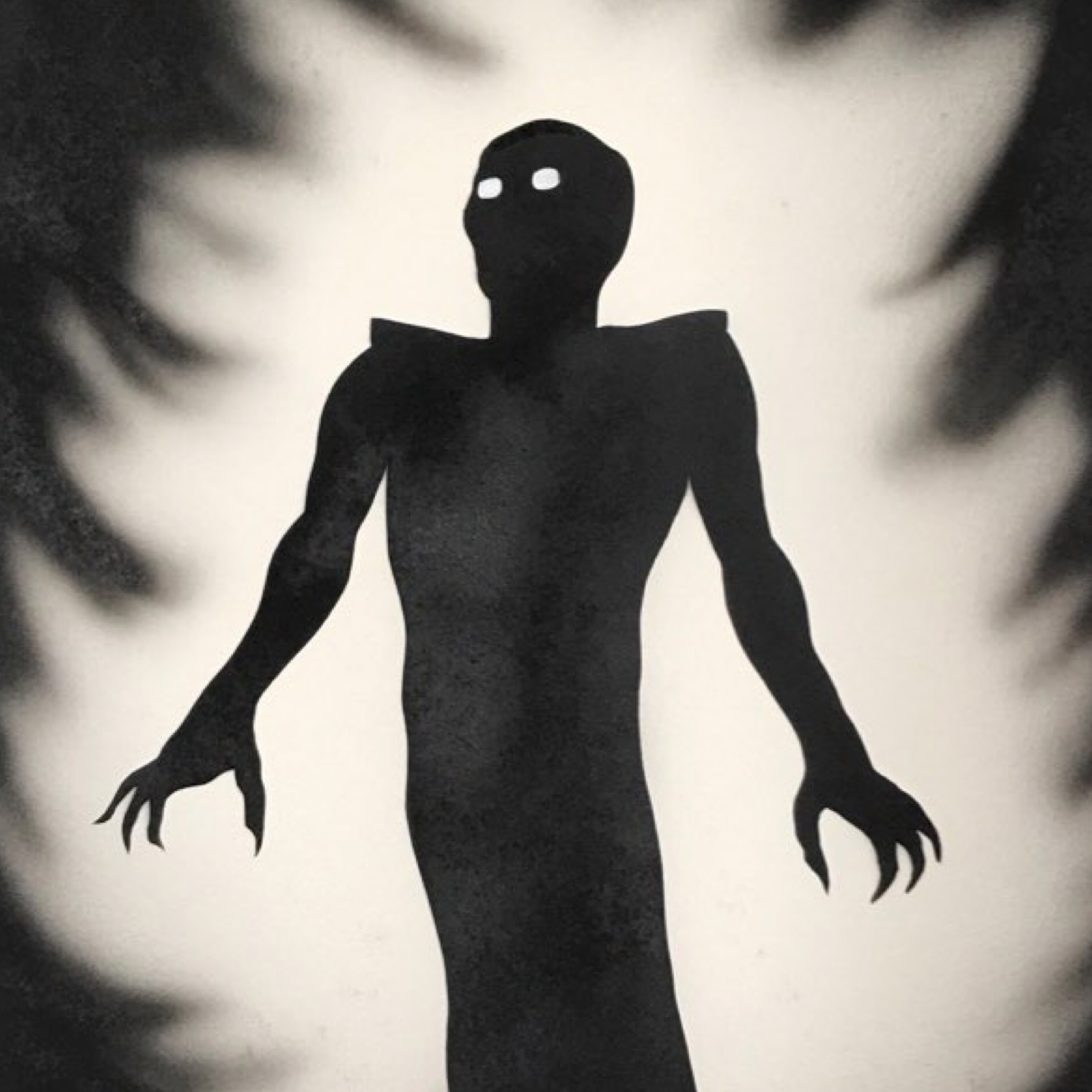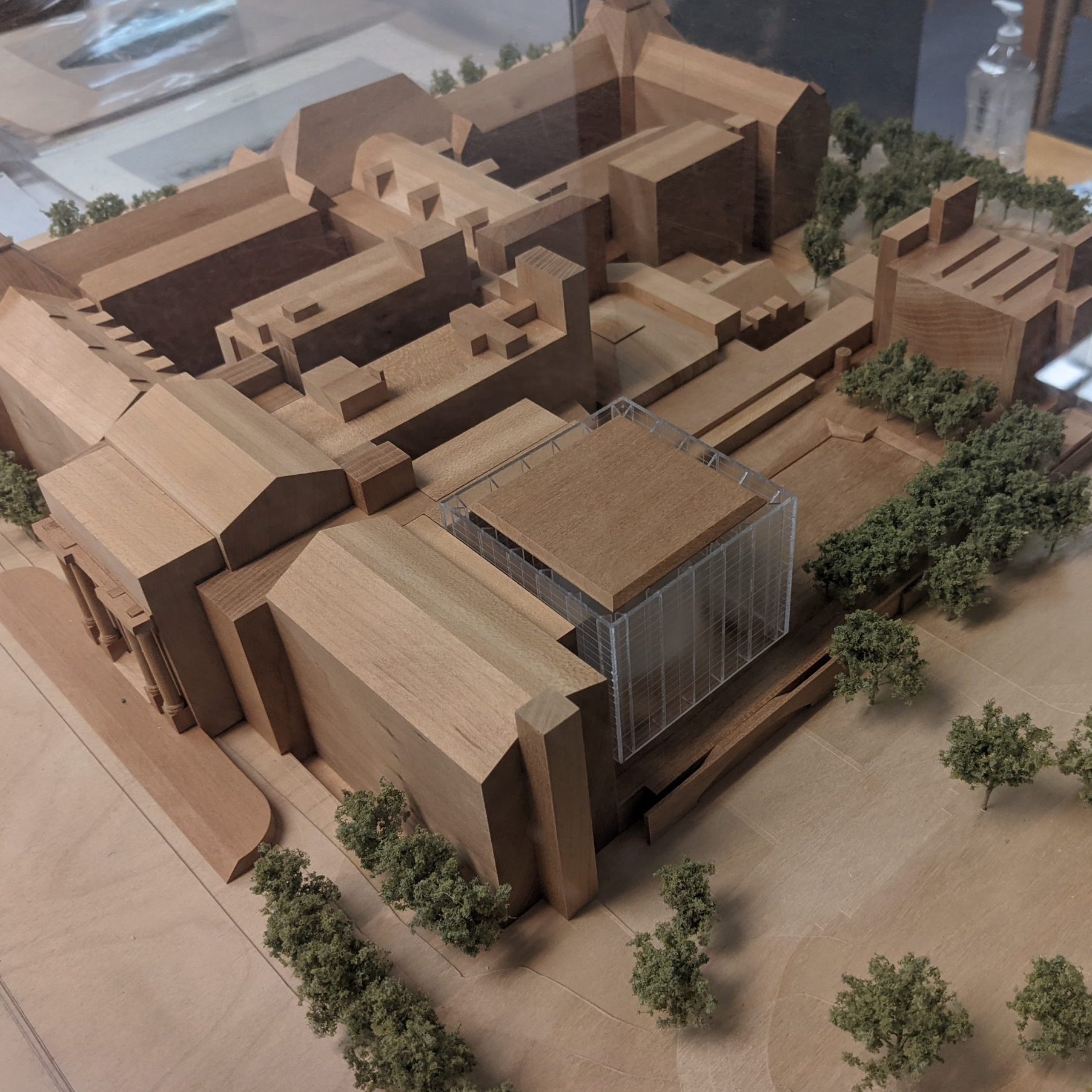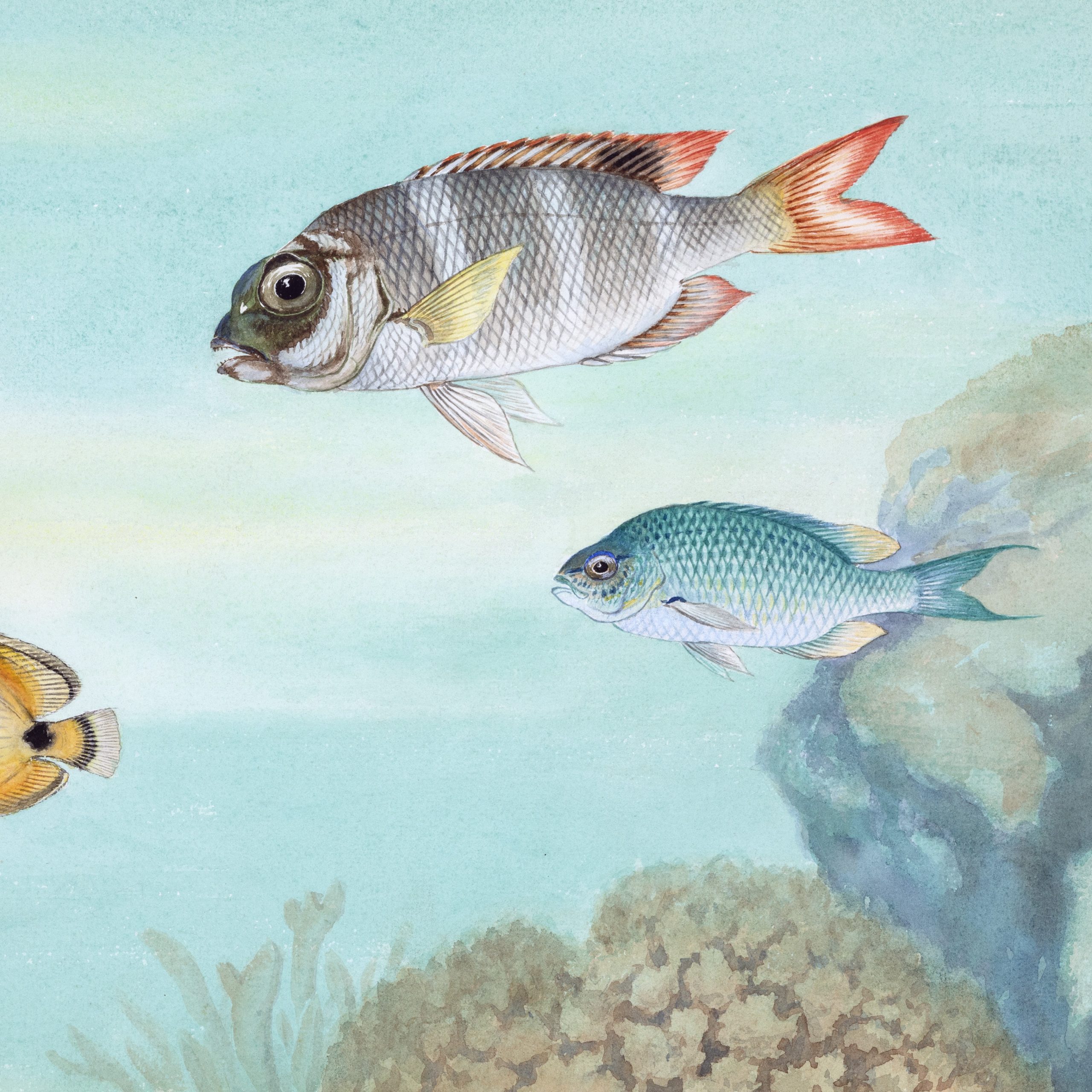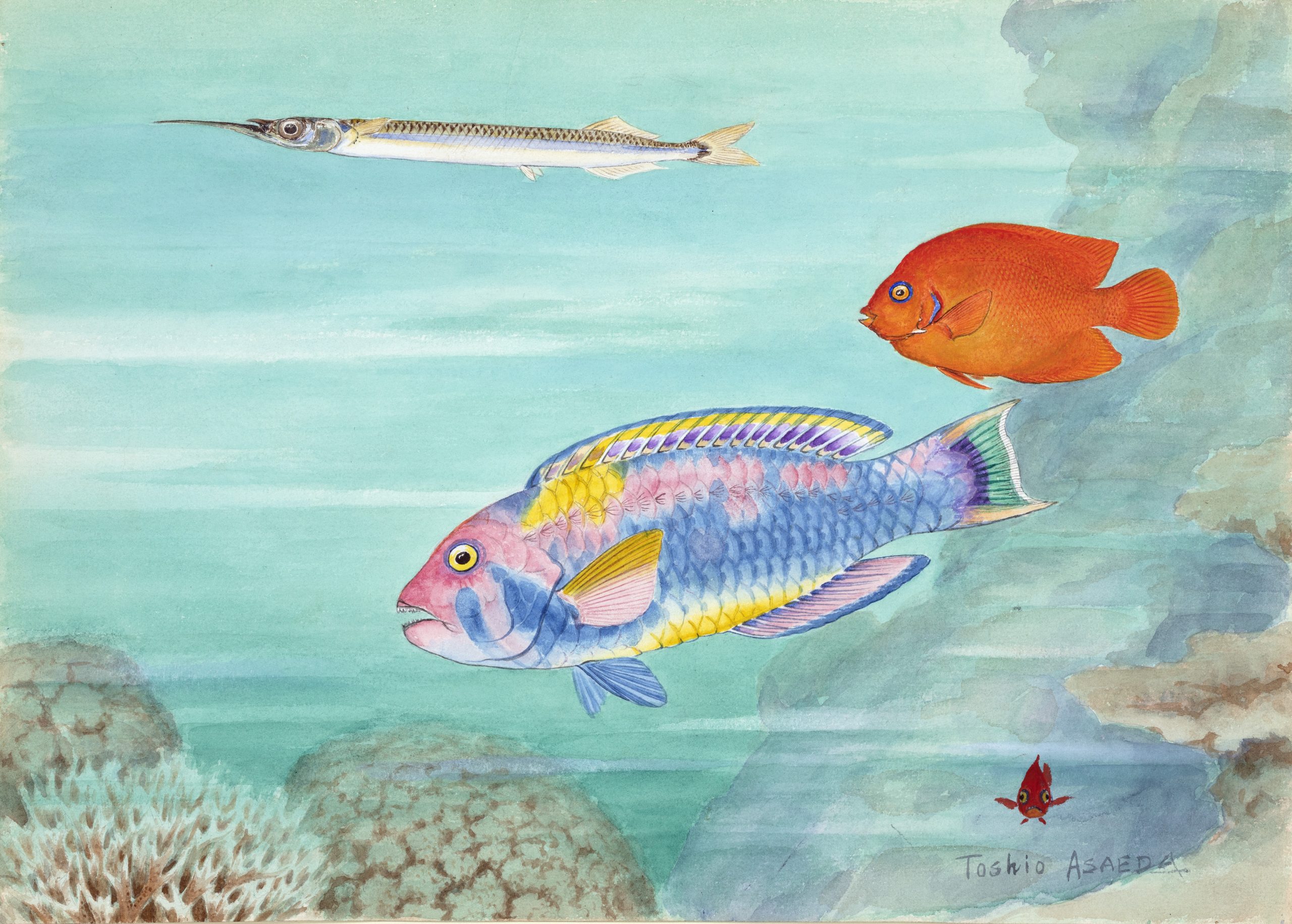
Toshio Asaeda (1893-1968)
1932-1933
10 x 14 inches
Watercolor on paper
Signed Tosio Asaeda – fish identified in pencil and “no.3” on reverse
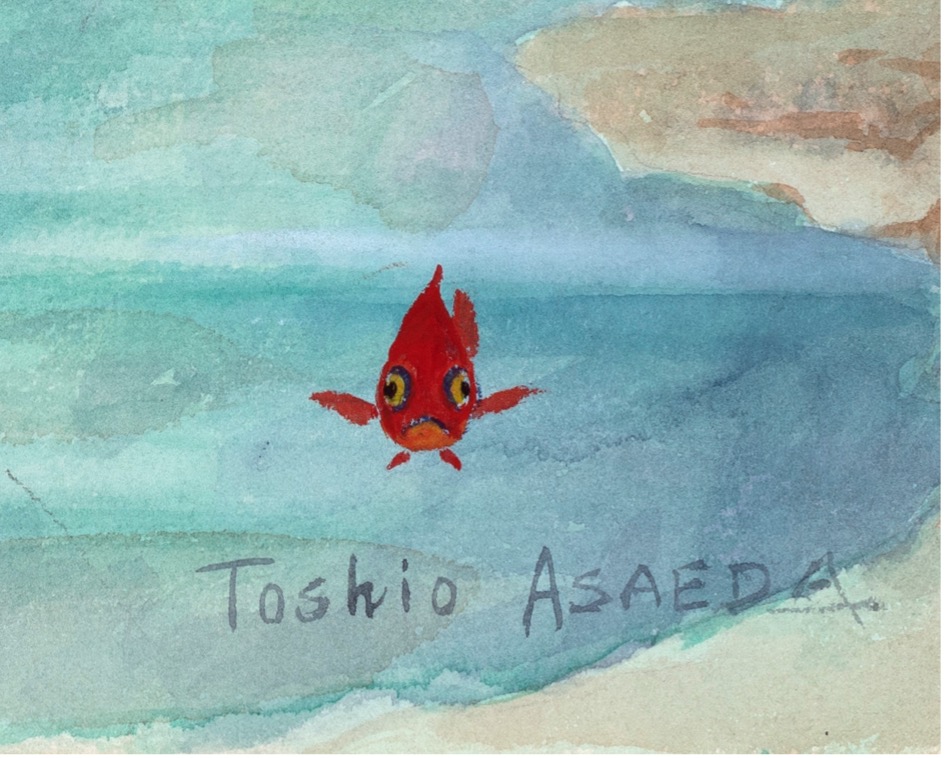
Artists accompanied many Museum expeditions in a time when photography could not capture color and movement. The illustrators were vital to documenting the species being studied and collected and this was especially important with tropical fish as they quickly lose their color after being collected and placed in a preservation fluid.
Toshio Asaeda, an artist who specialized in taxidermy, painting, and photography, was born in 1893 in Tokyo, Japan. In 1920, he received his undergraduate degree in natural history and geography from Tokyo Higher Normal School and then travelled to the United States in 1923 to attend the University of Chicago. His American education was cut short by an earthquake in Tokyo, cutting off his education funds. In 1924, Mr. Asaeda accepted a job at the James L. Clark Studios in New York. Dr. Clark oversaw the taxidermy and exhibit preparation for the AMNH. He eventually moved to San Francisco and worked at the California Academy of Natural Sciences as an artist for the ichthyology department and at the Natural Color Photo Print Studio, an early forerunner of color photography.
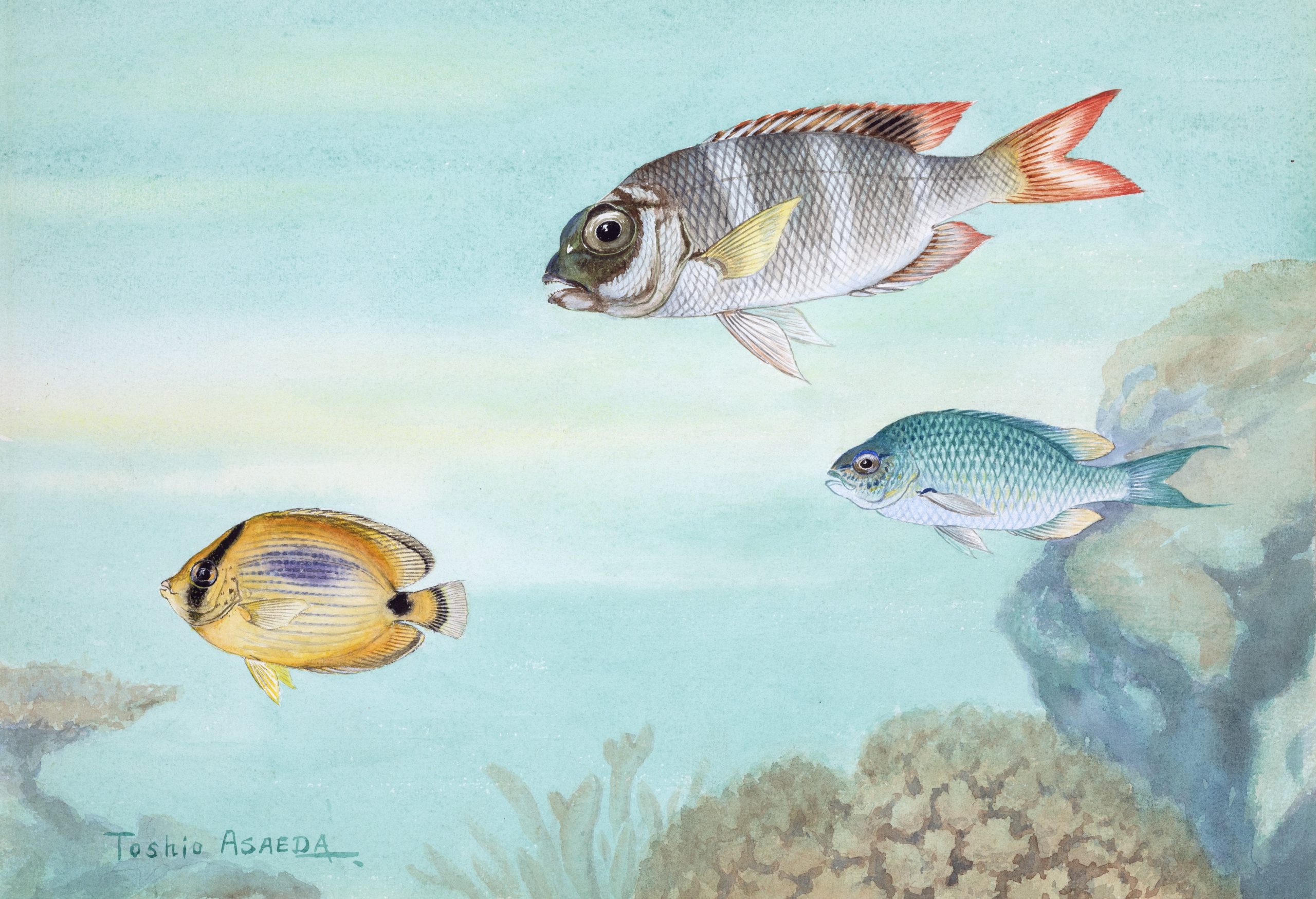
Coral Reef Fish
Toshio Asaeda (1893-1968)
1932-1933
10 x 14 inches
Watercolor on paper
Signed Toshio Asaeda – in pencil “no.18” on reverse
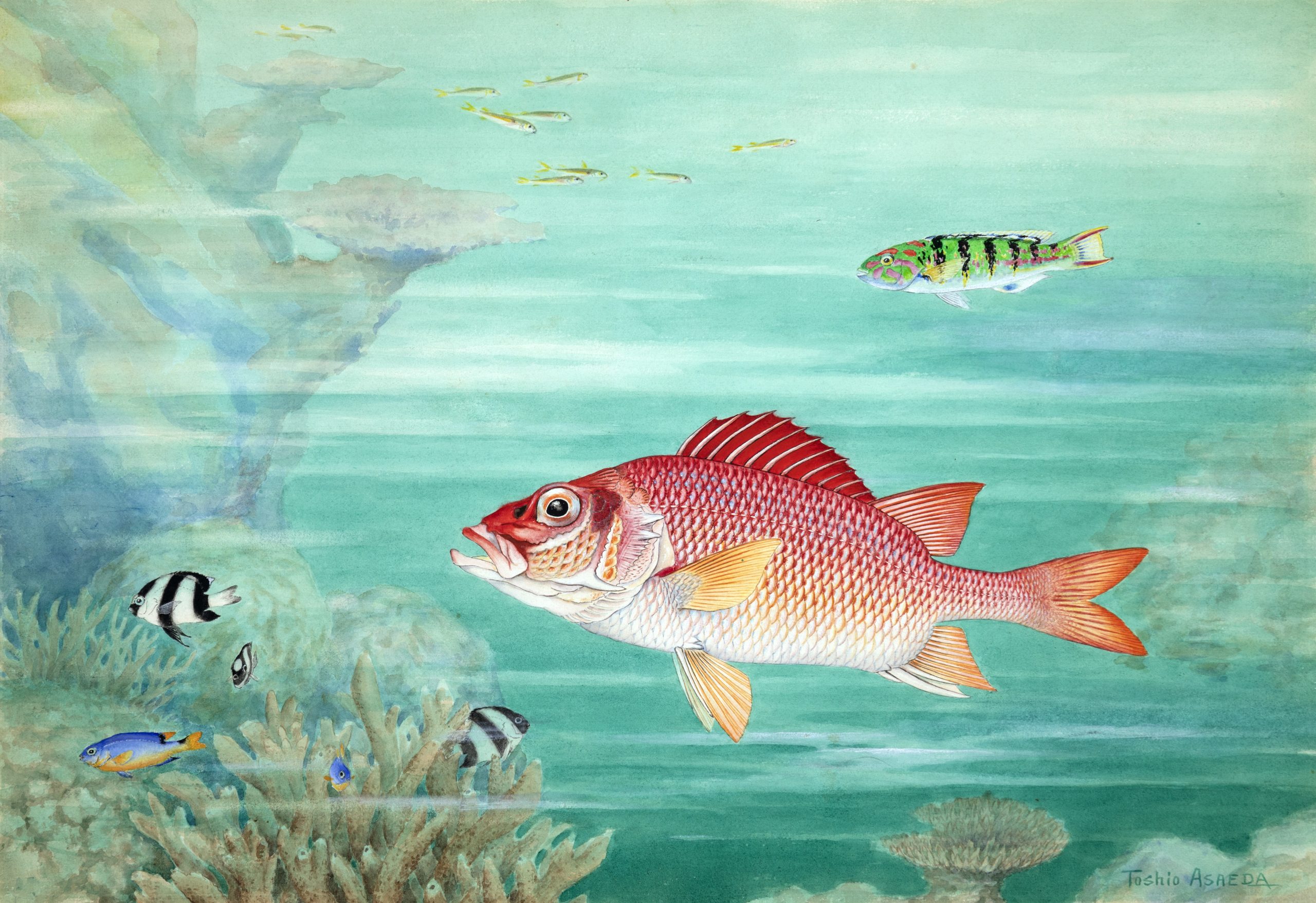
Squirrel Fish Holecentrus and Other Coral Reef Fish
Toshio Asaeda (1893-1968)
1932-1933
14 3/4 x 21 1/4 inches
Watercolor on paper
Signed Toshio Asaeda – fish identified in pencil and “no.24” on reverse
In 1931, Mr. Asaeda accompanied writer Zane Grey’s expedition to the South Pacific and served as the expedition’s artist and photographer while also collecting specimens for the Academy. Mr. Asaeda spent the spring of 1932 to the fall of 1939 adventuring all over the Pacific with millionaire yachtsman Charles Templeton Crocker who made his yacht Zaca available to various museums to make collections. The collections from these expeditions are held at numerous science institutions across the world including the AMNH, Bernice Pauahi Bishop Museum, California Academy of Sciences, Cambridge University, The Field Museum, New York Botanical Garden, Smithsonian National Museum of Natural History, and many others. On one of the California Academy of Sciences trips in 1932, ichthyologist Howard W. Clark named a newly discovered species of flounder after Asaeda- Monolene asaedae.
As part of United States Executive Order 9066 during WWII, Toshio and his wife were interned at the Topaz Internment Camp located in Utah. During his time there, he taught geography to adults and continued to paint, but this time his subject was the camp. Many of his paintings from this time are held at the National Museum of Ethnology in Japan, but some are in the collections at the Springville Museum of Art and the Smithsonian National Museum of American History. In 1949, Toshio was offered a job at the California Academy of Sciences and eventually became the Associate Curator of Exhibitions.
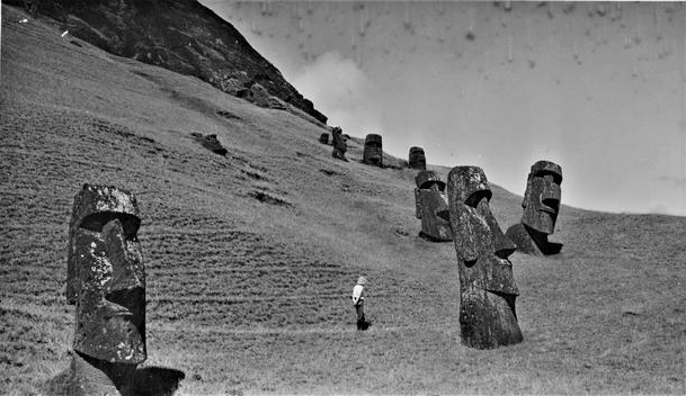
Asaeda walking on Rapa Nui among the Moai. Templeton Crocker Pacific Expedition, 1934-1935.
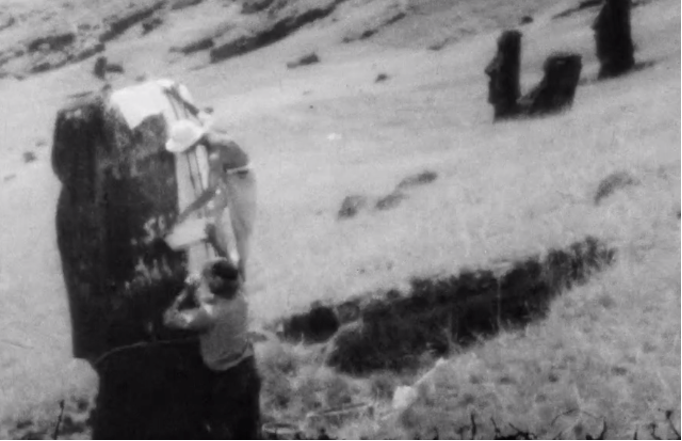
Asaeda working on making a mold of one of the Moais on Easter Island. Still from The Scientific Expedition to the South Pacific in the Yacht Zaca, 1935.
Asaeda is most famous at the AMNH for his work in securing a mold of one of the Moais on Easter Island on the first Templeton Crocker Pacific Expedition, 1934-35, led by AMNH ornithologist James Chapin to collect specimens for the Whitney Memorial Hall of Oceanic Birds. This trip is also famous for AMNH anthropologist Harry Shapiro’s 10-day visit to Pitcairn Island to study the descendants of the mutineers of the Bounty. Asaeda spent days working in the blazing sun enduring swarms of flies and having to lug water for the plaster in order to make a mold.
The mold was brought back to the Museum and two preparators, James Bell and Fred Mason made the cast that is currently installed at the Museum’s Margaret Mead Pacific Peoples Hall.
The below film footage, taken by Asaeda on the expedition, first shows the process of collecting and documenting fish, and then shows the process of making a cast. Click here to view the full film and read about its preservation.
Moai statues are recognized and reproduced worldwide, on T-shirts, as garden ornaments and tiki bar décor. Moai are well-loved internationally, as evidenced by fans’ affection for the character Dum Dum in the movie Night at the Museum, which was set at the AMNH. Thanks to the movie, this cast has become an icon and visitors frequently ask where it’s located and wait patiently in line to have their photograph taken with it. Many visitors leave tokens of wrapped pieces of gum at its base in honor of his insatiable greed for gum in the film.
Written by Joel Sweimler
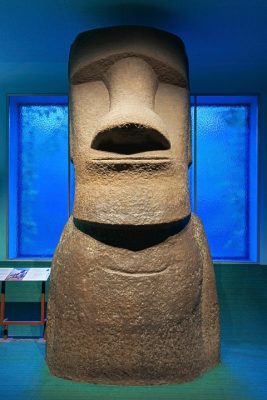
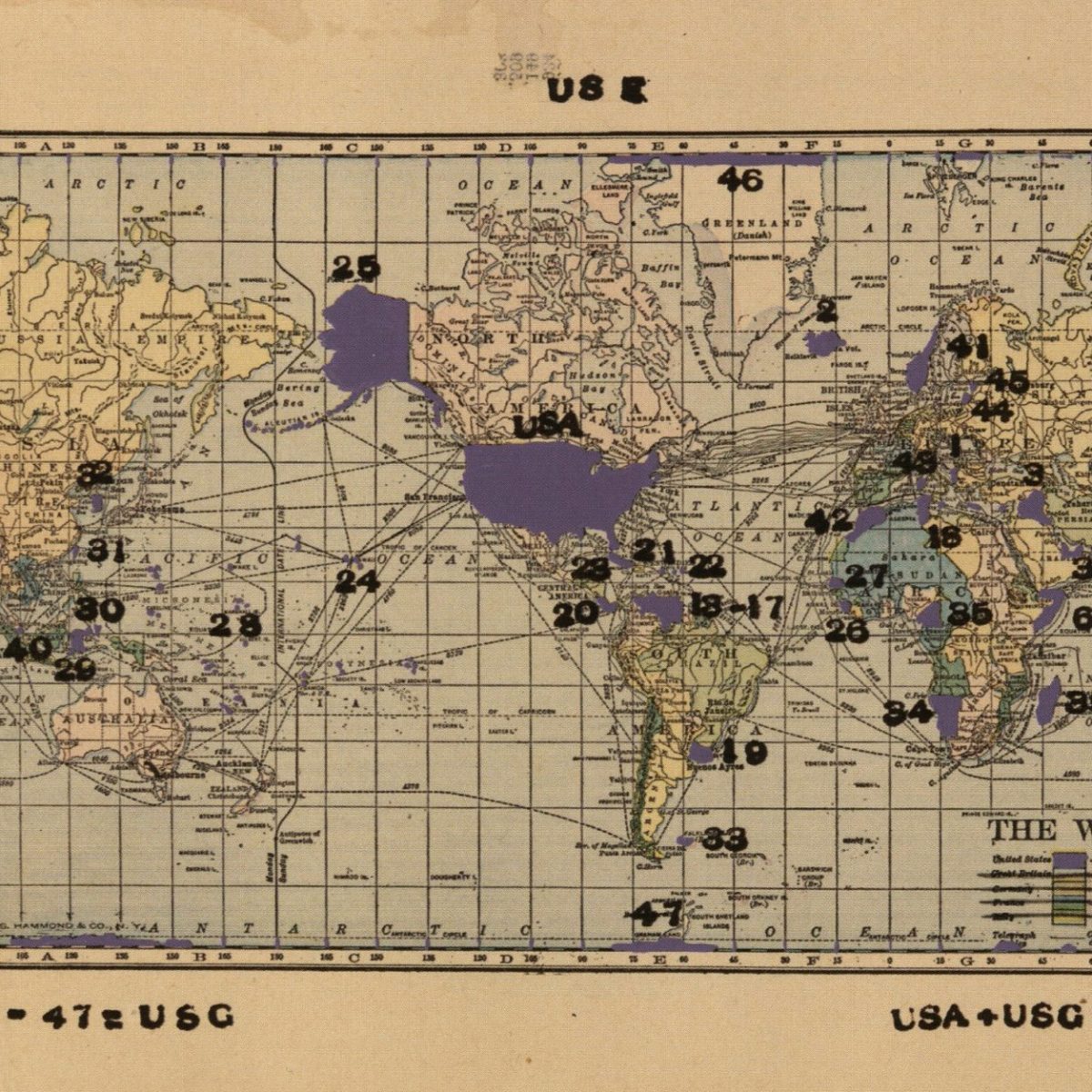
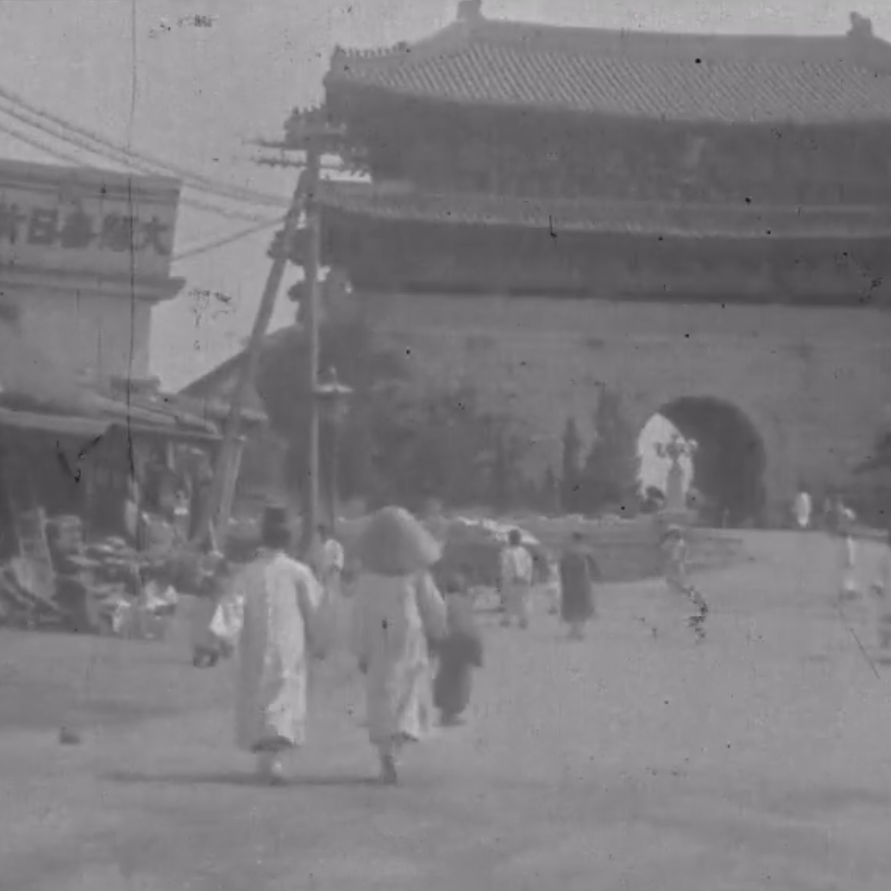
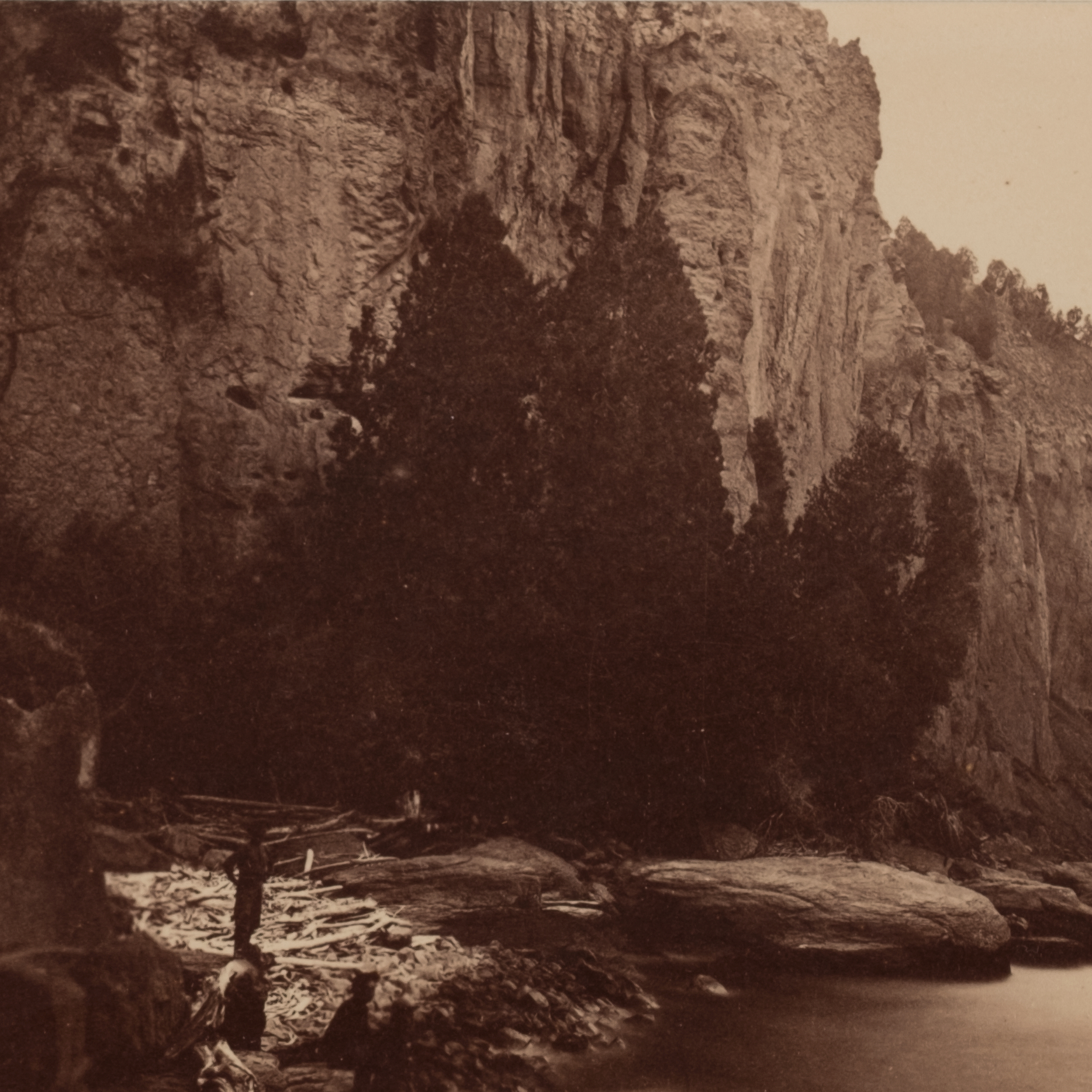
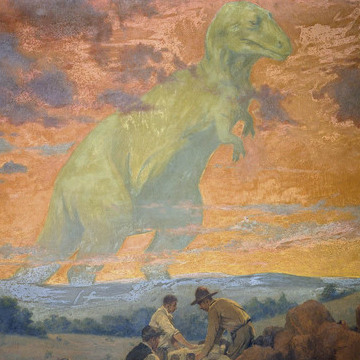
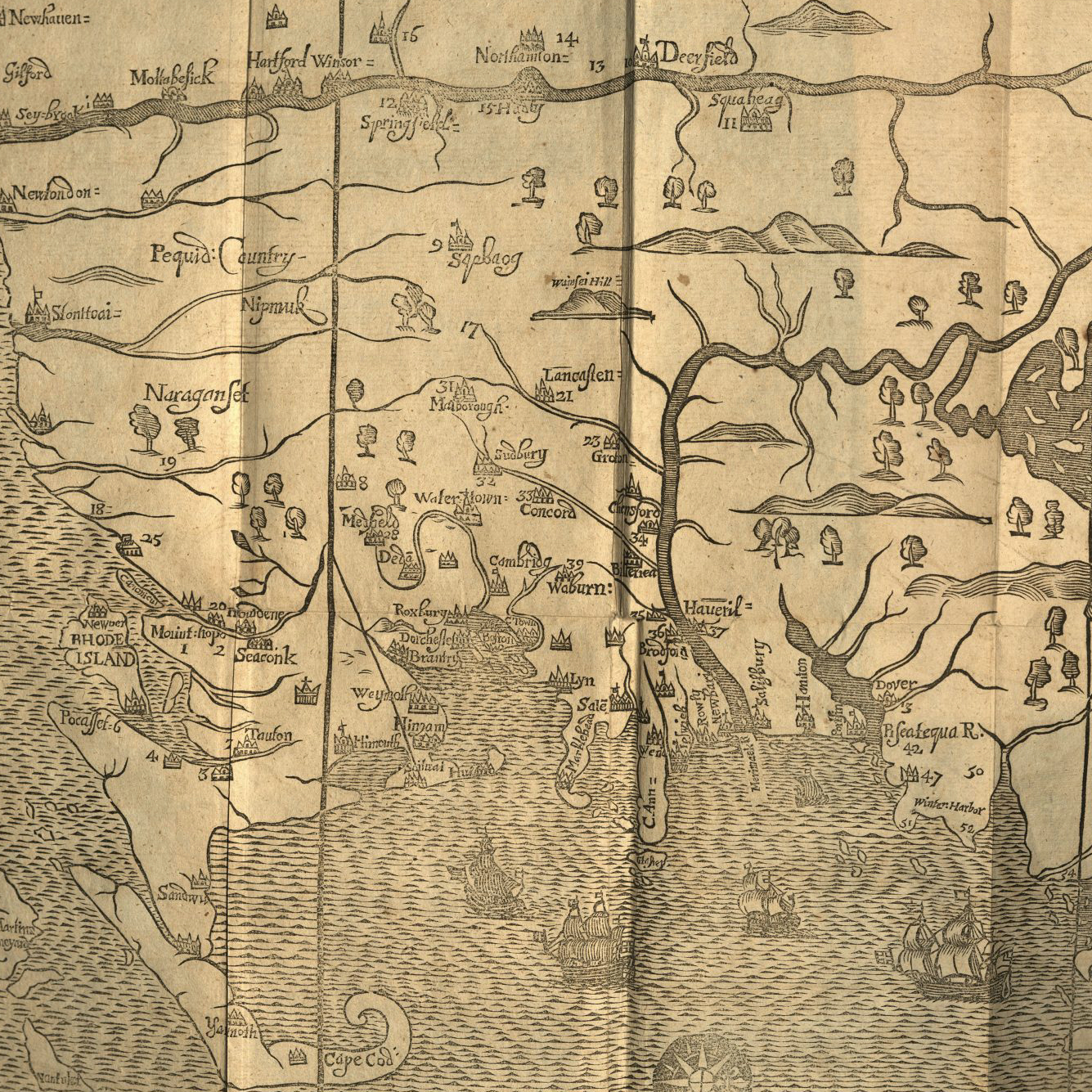
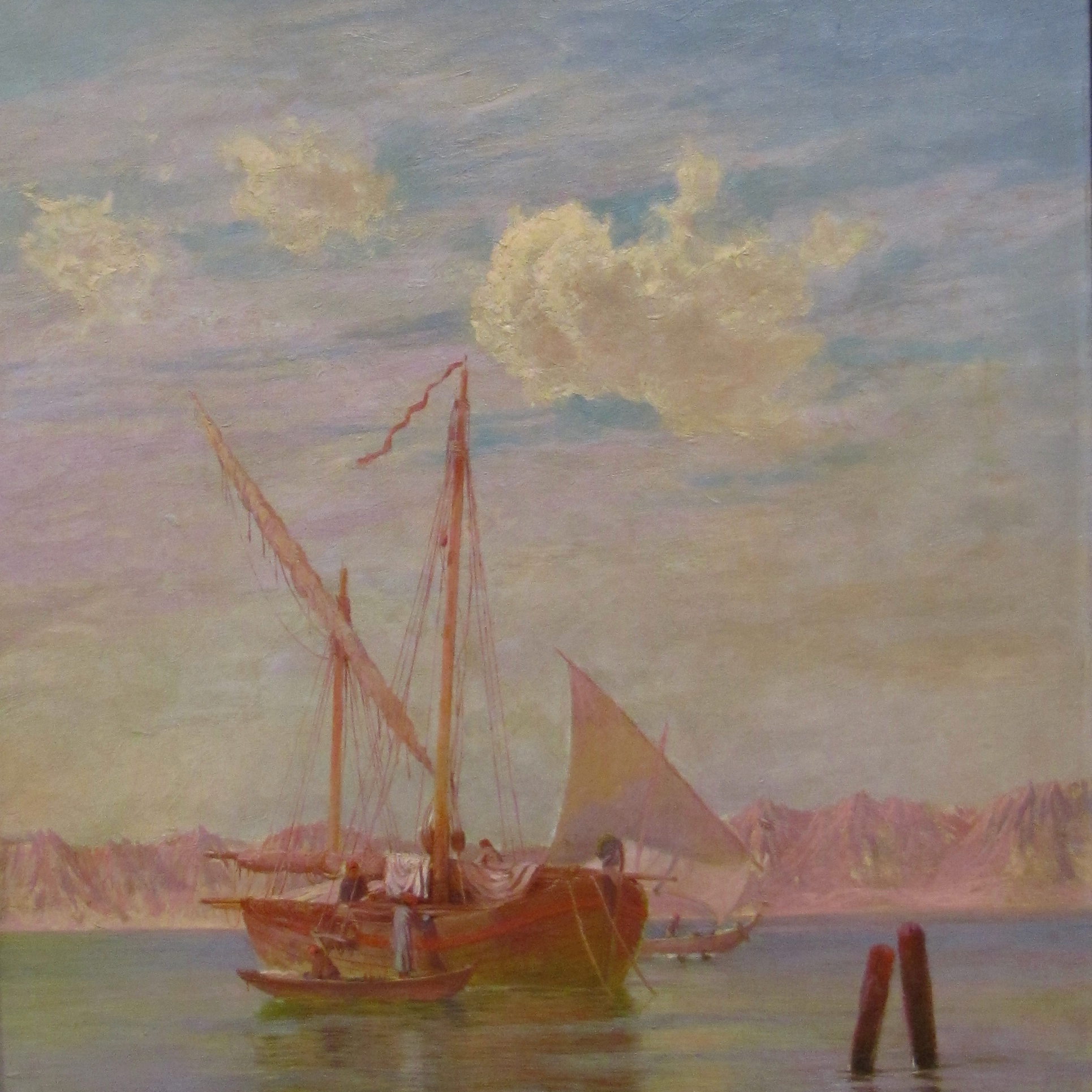
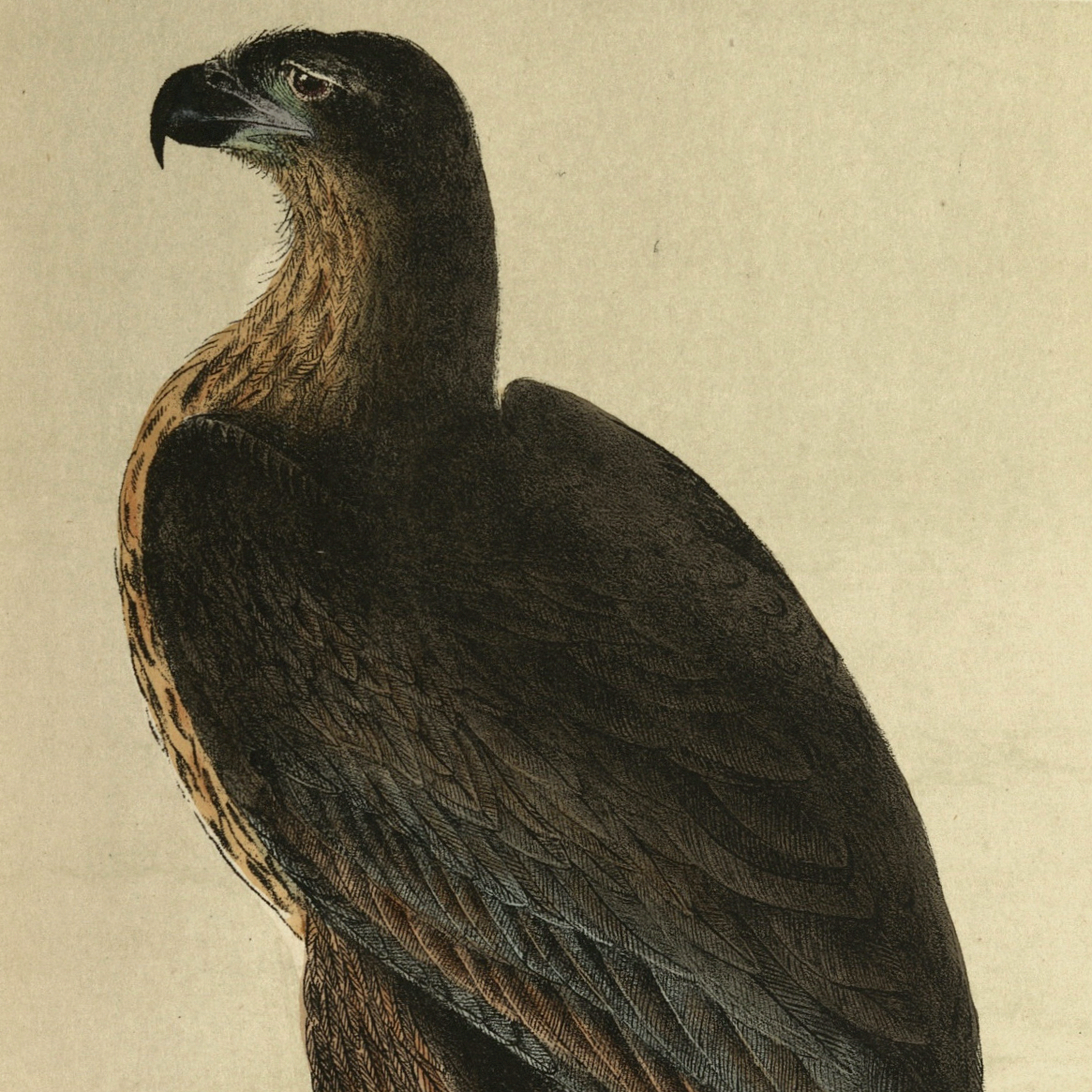
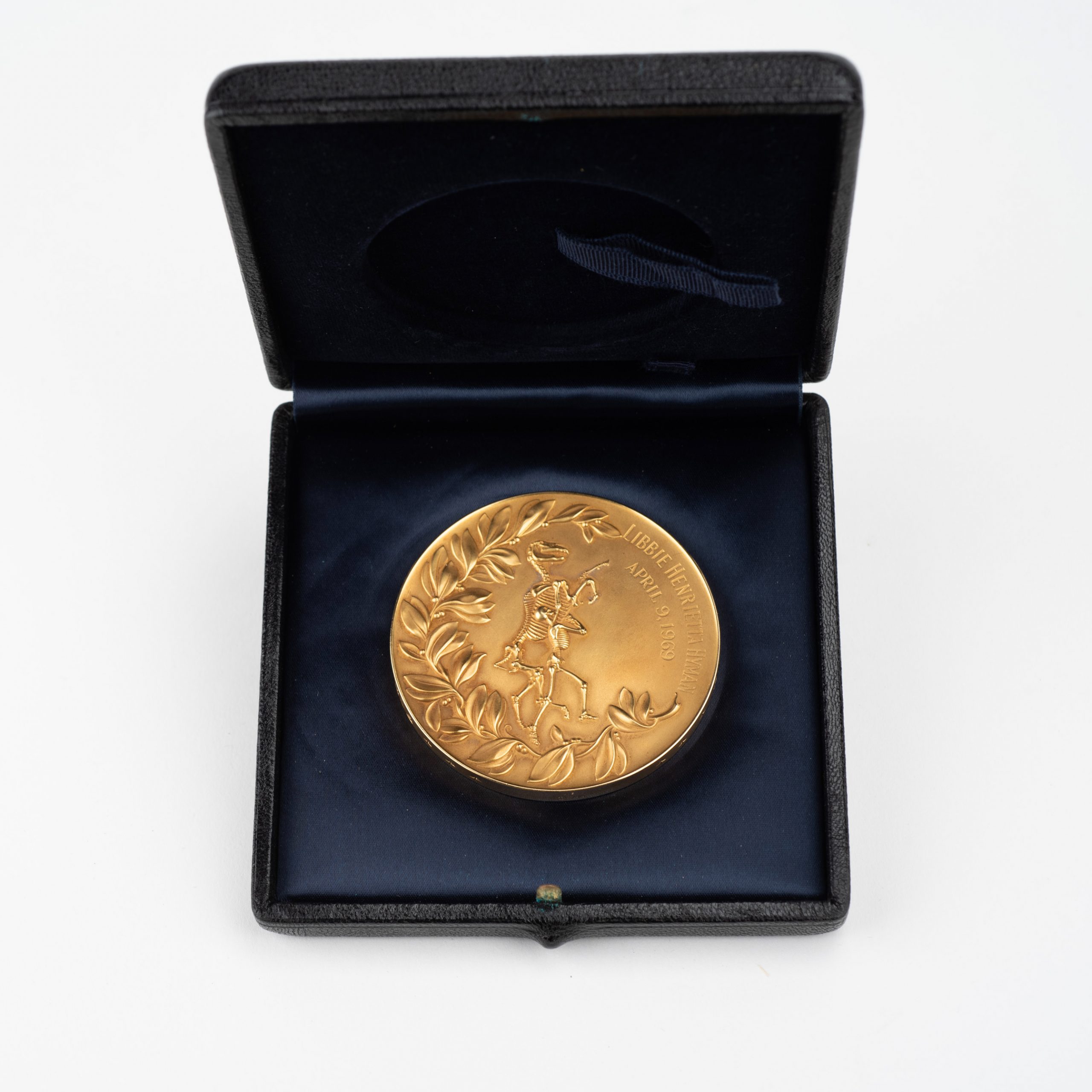

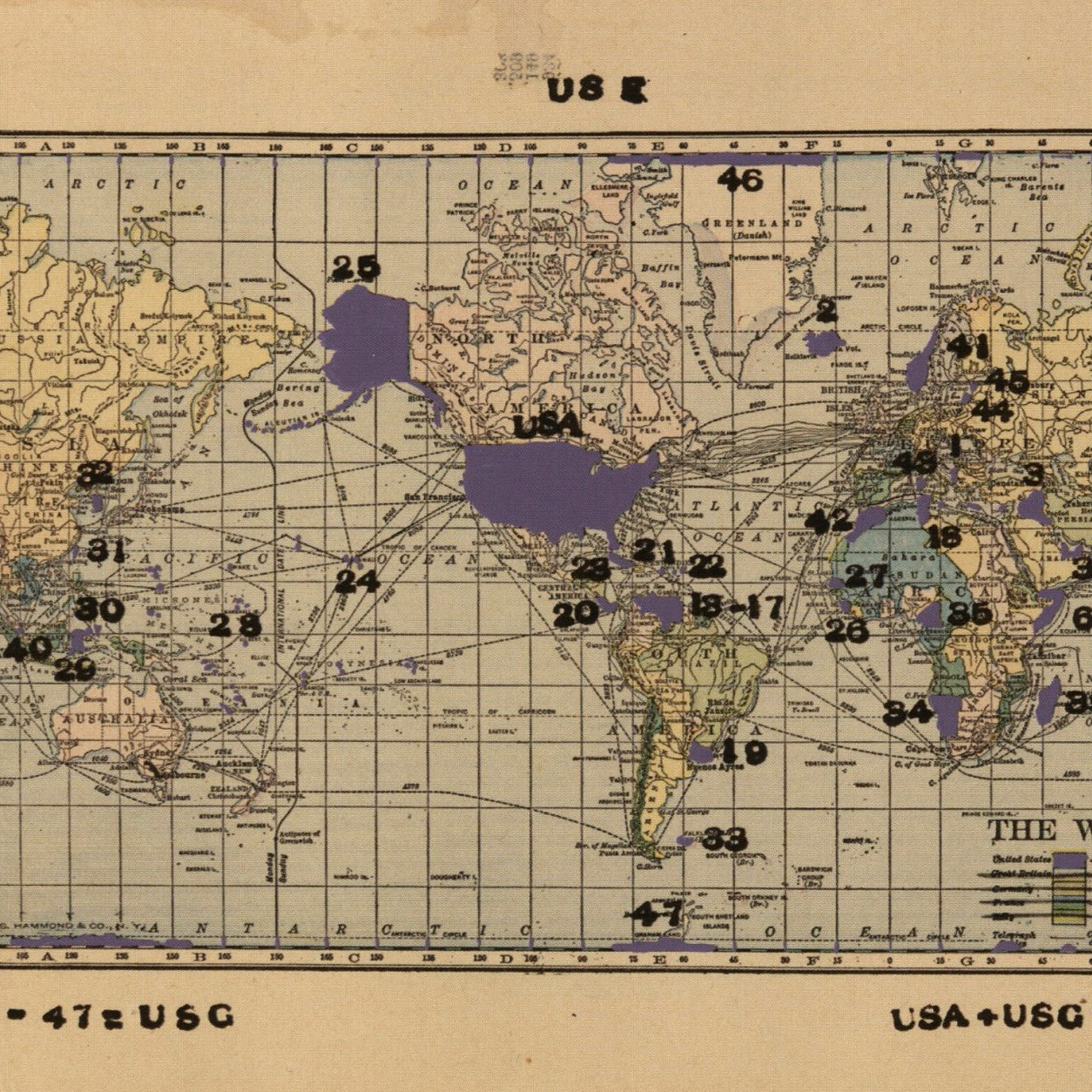
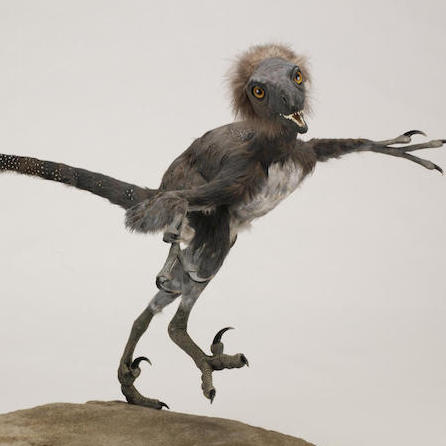

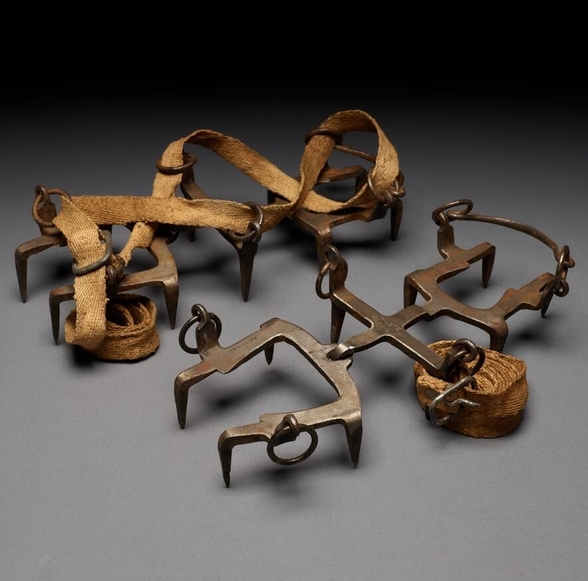
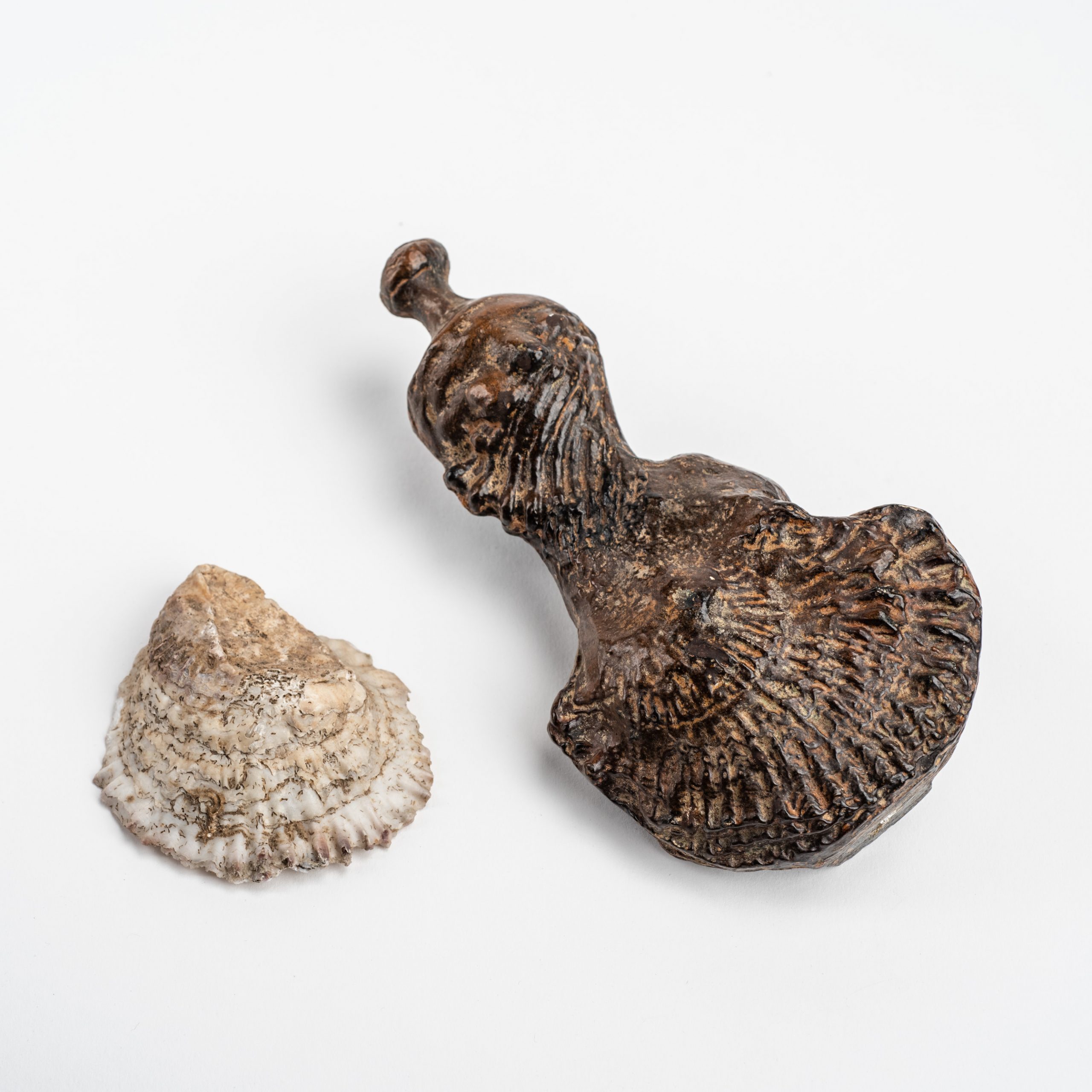


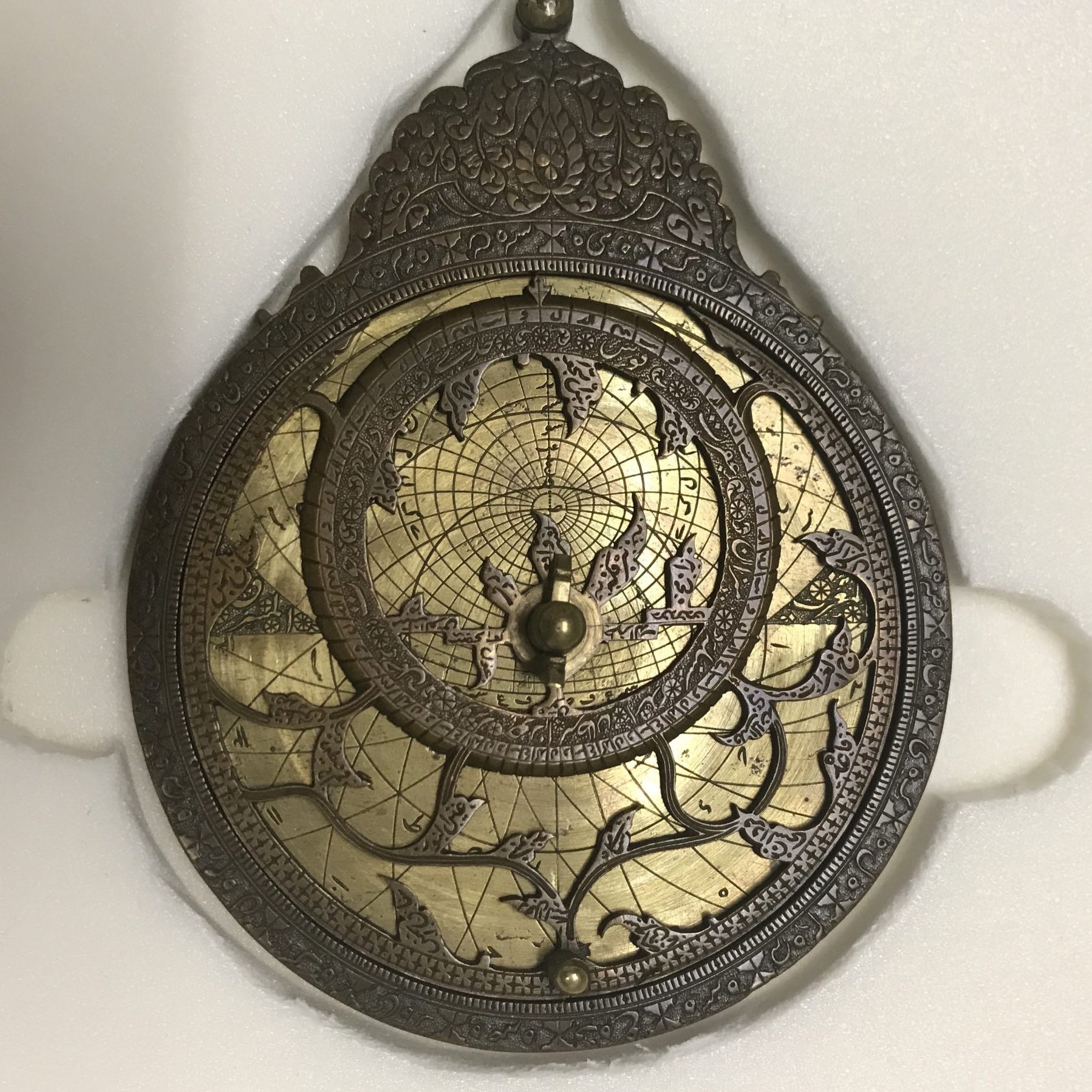
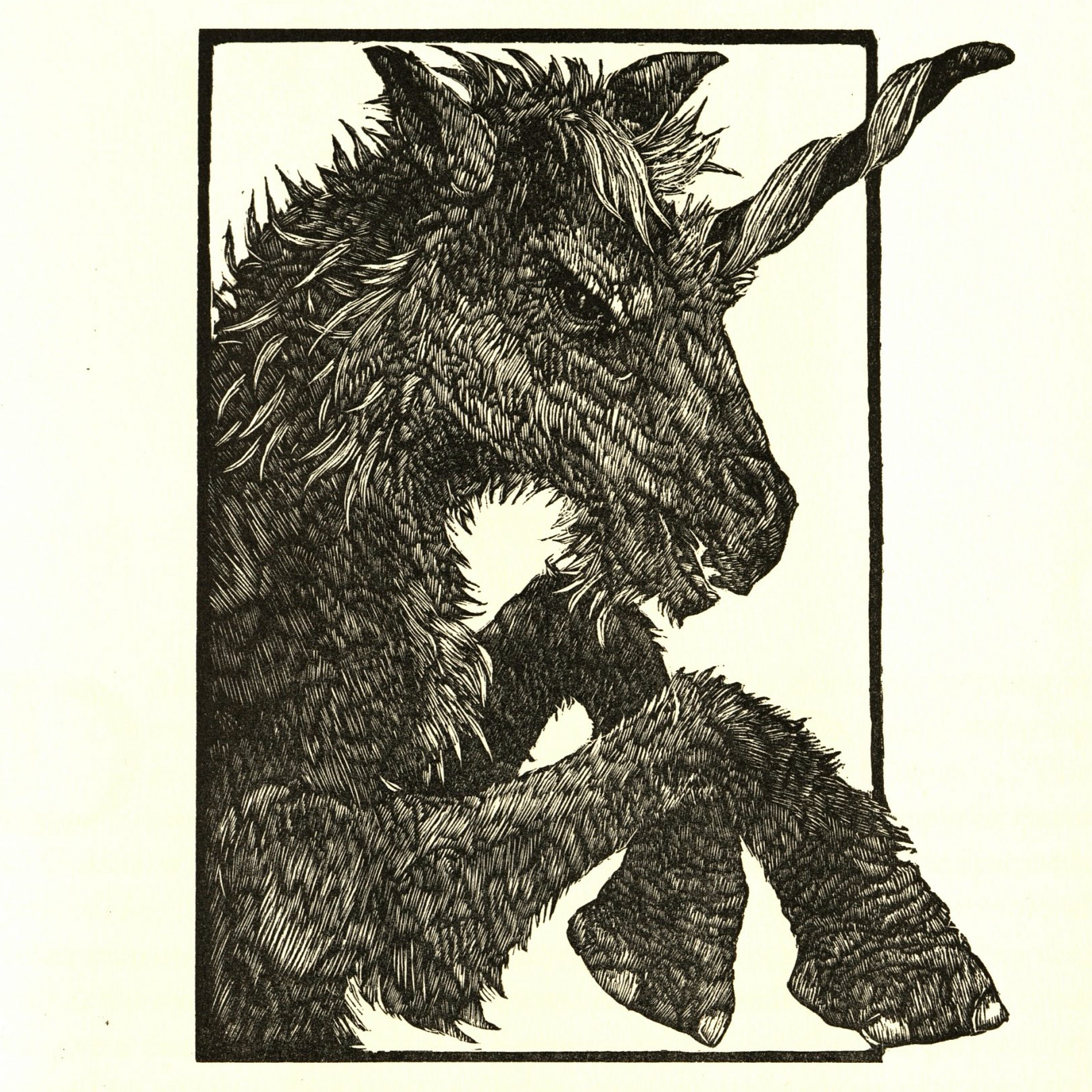
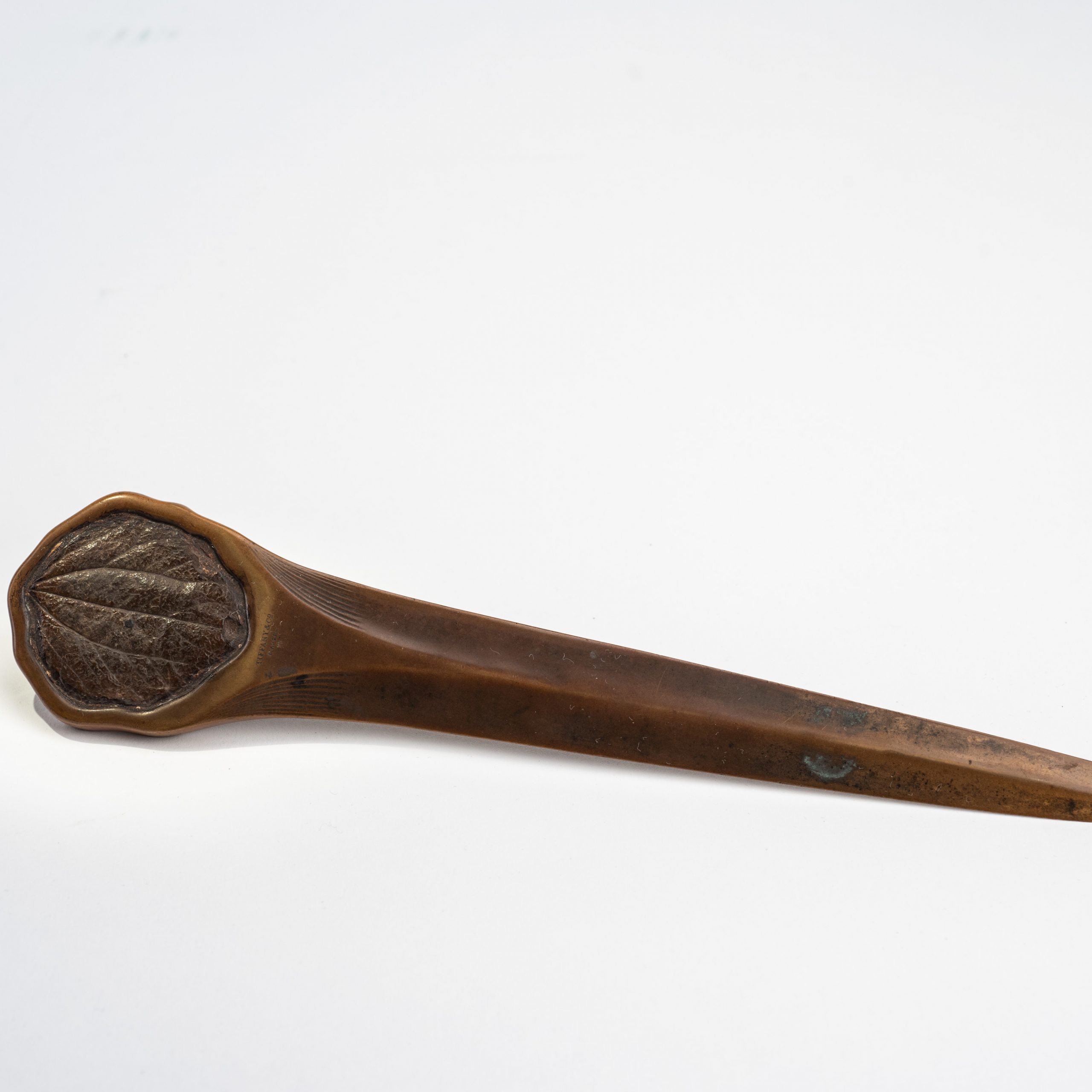

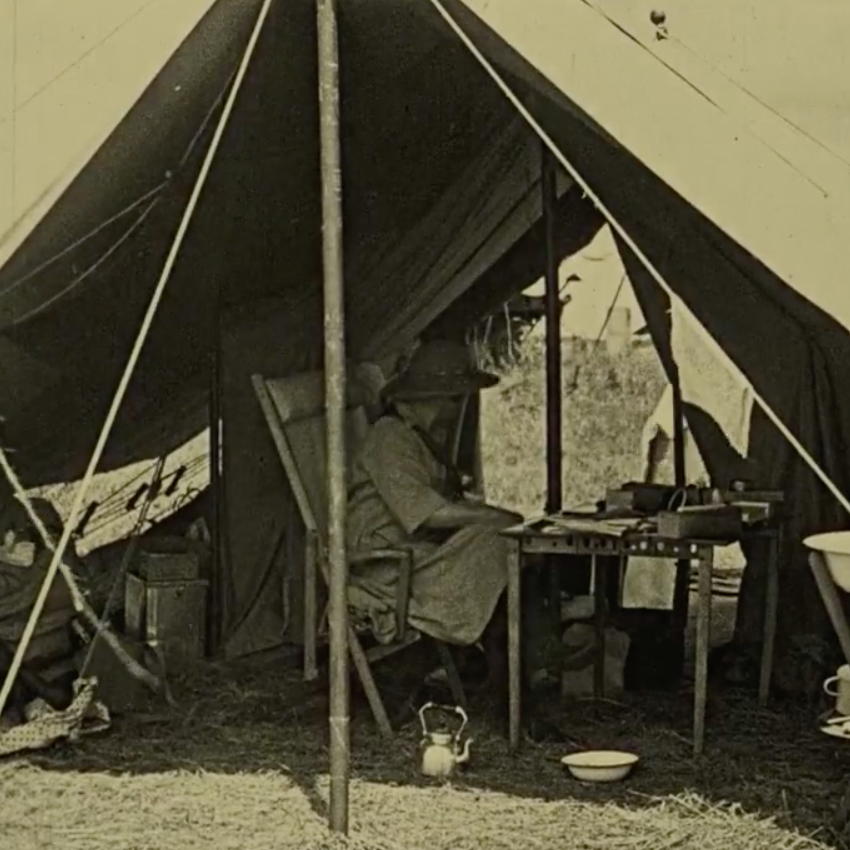
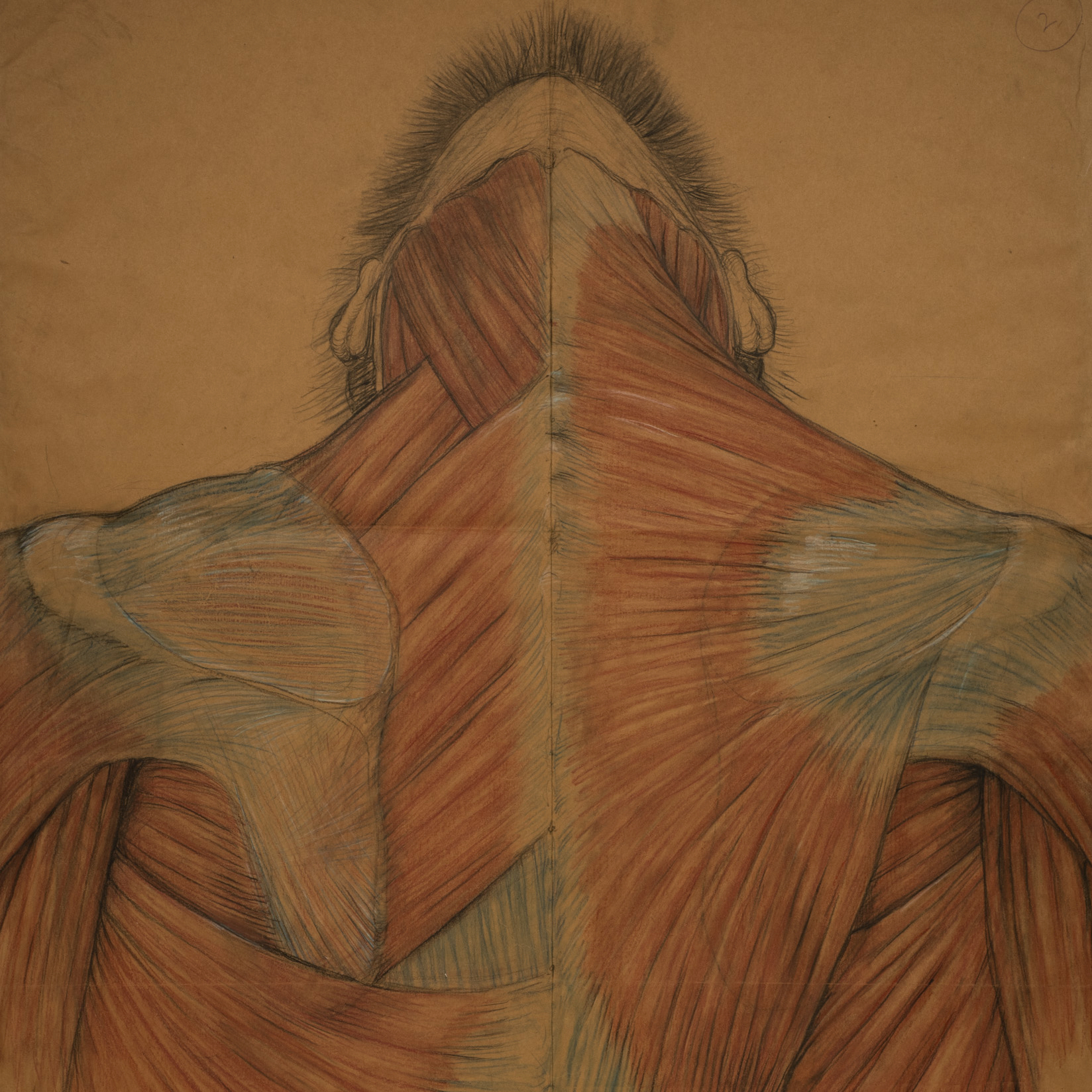
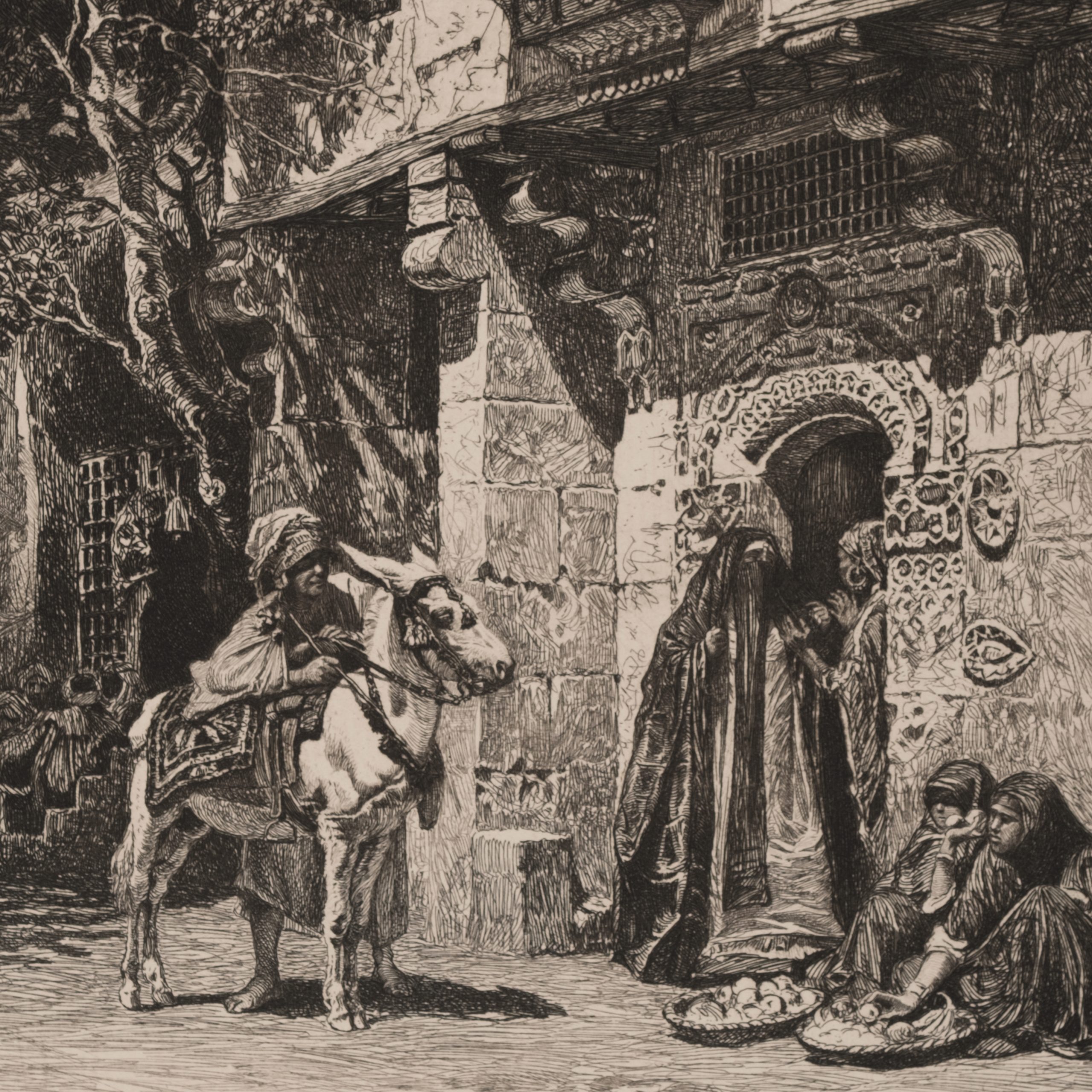
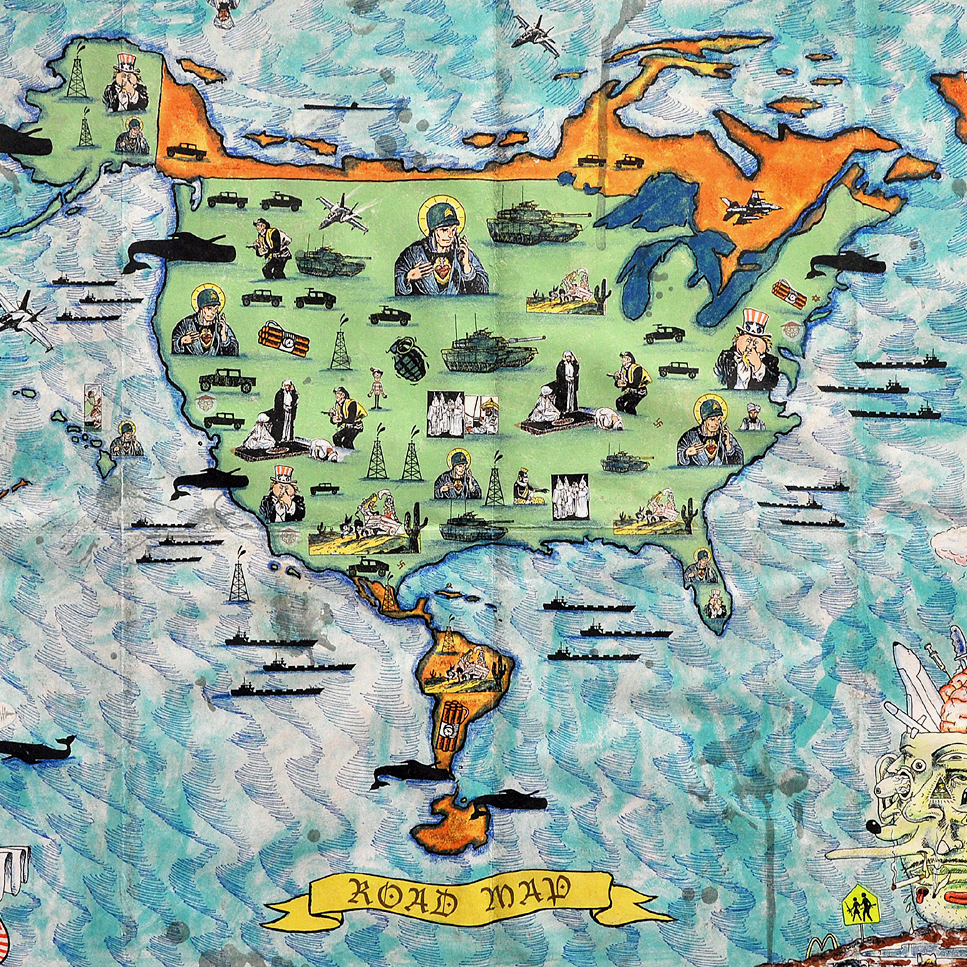
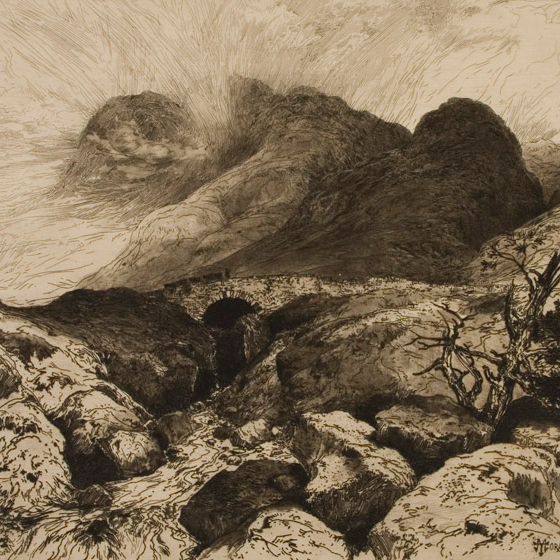
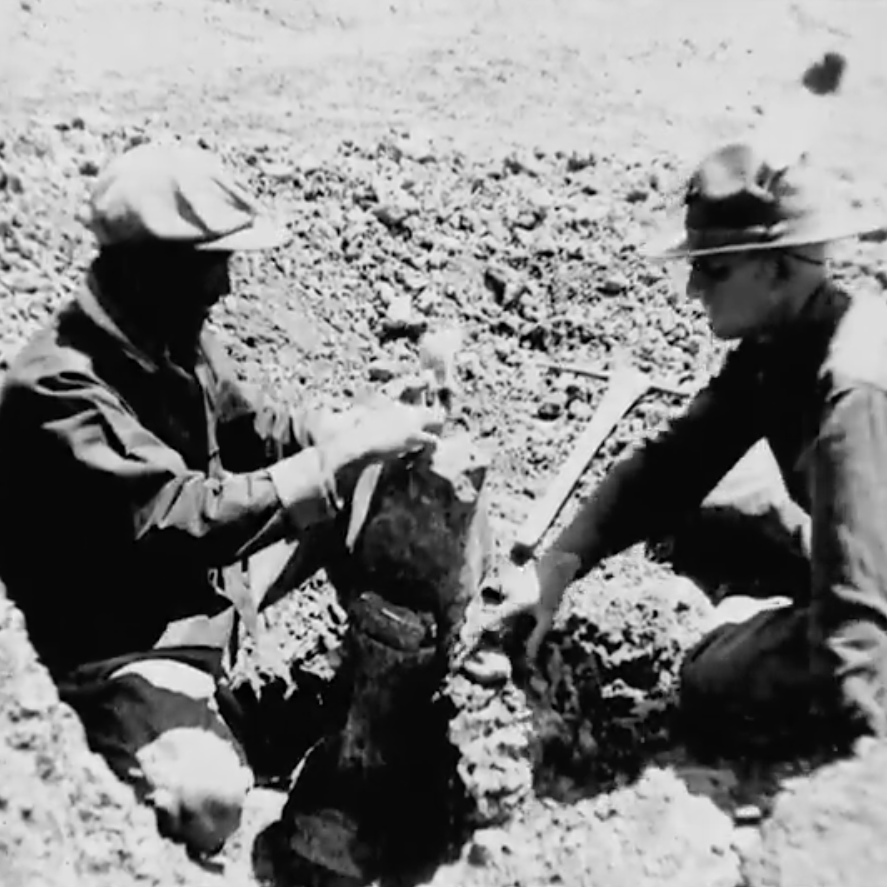
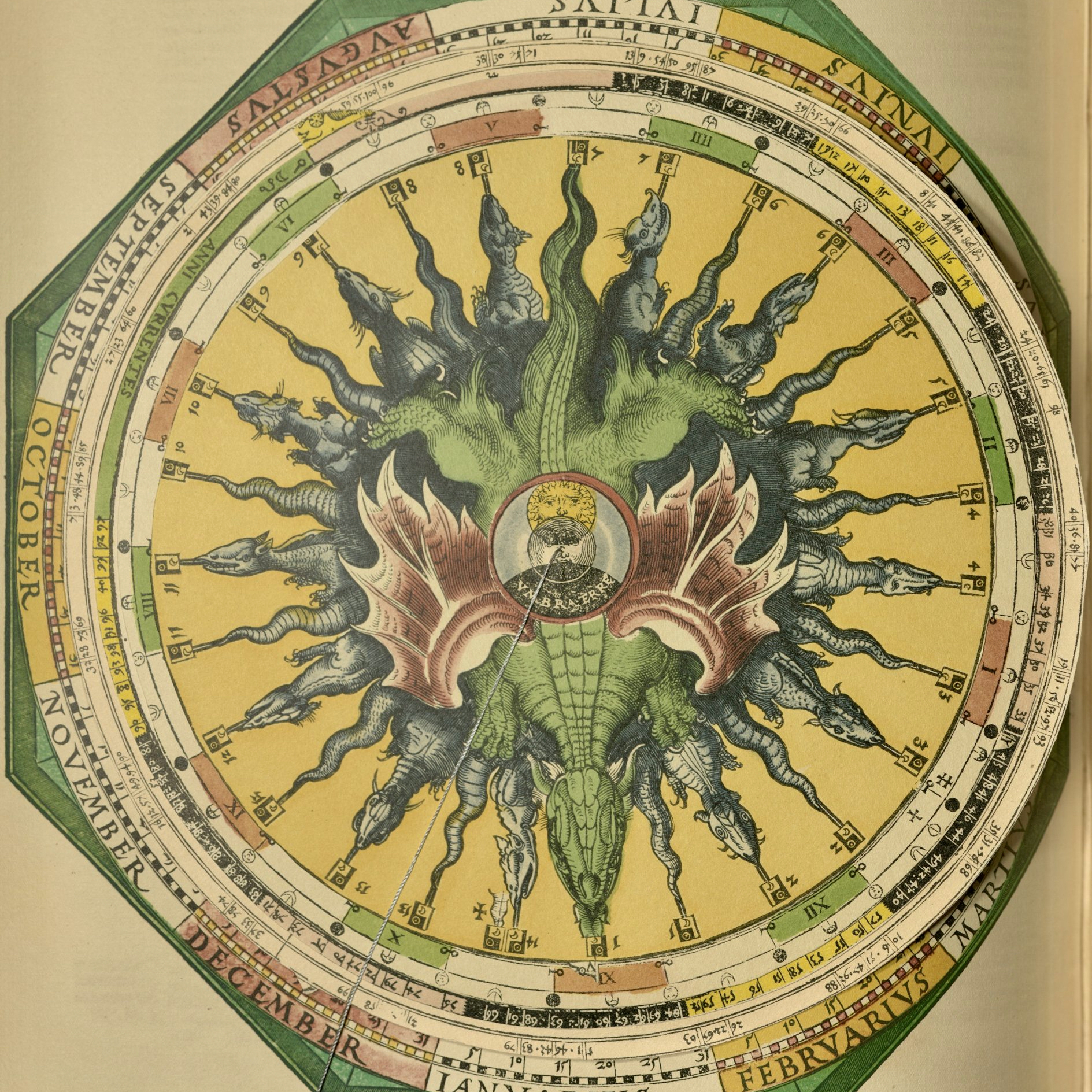
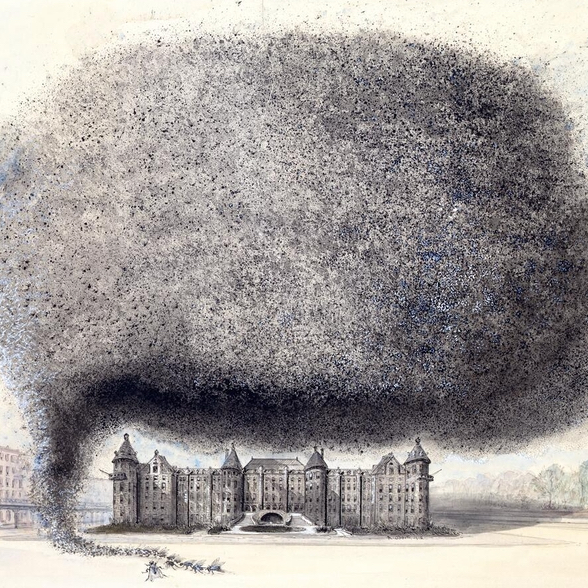
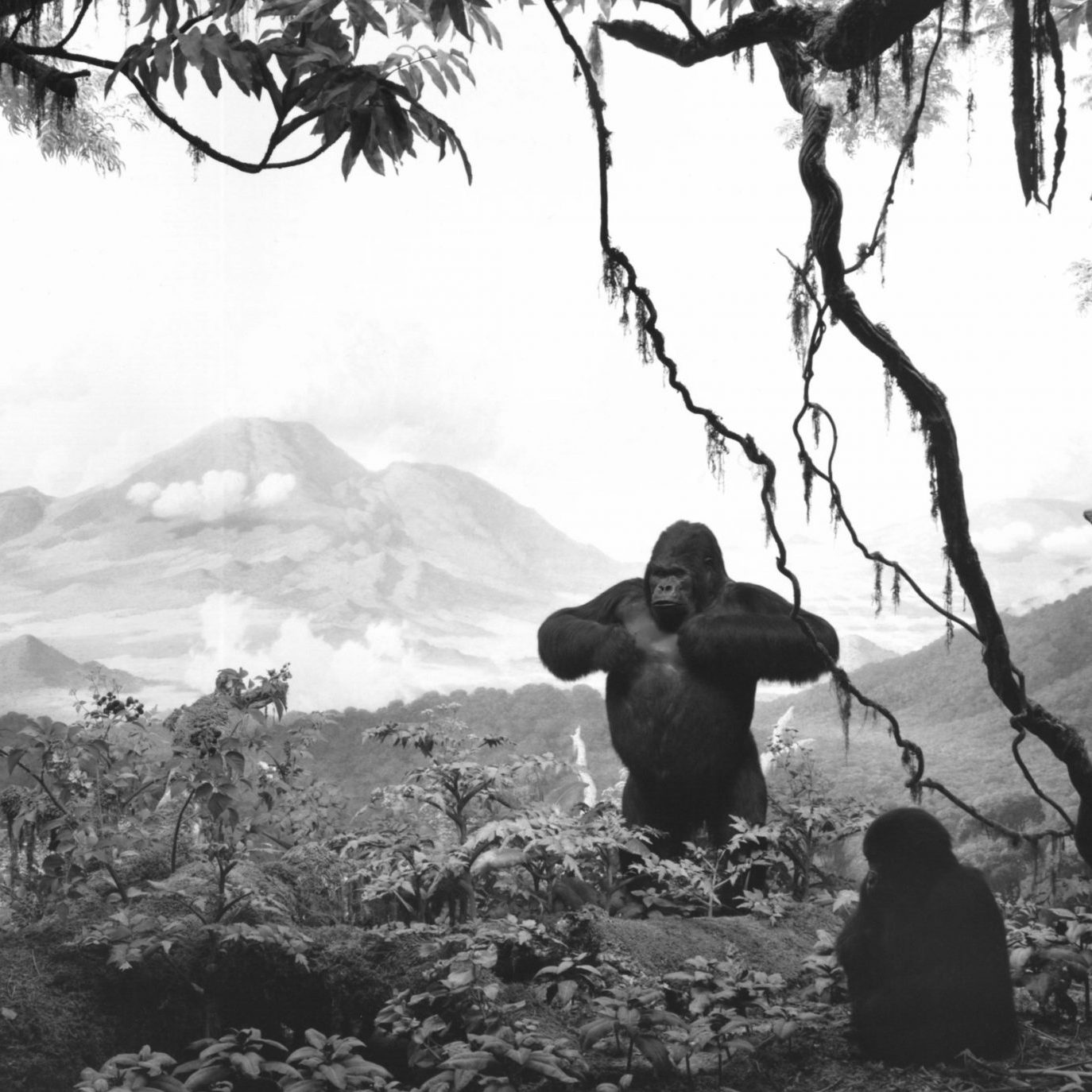
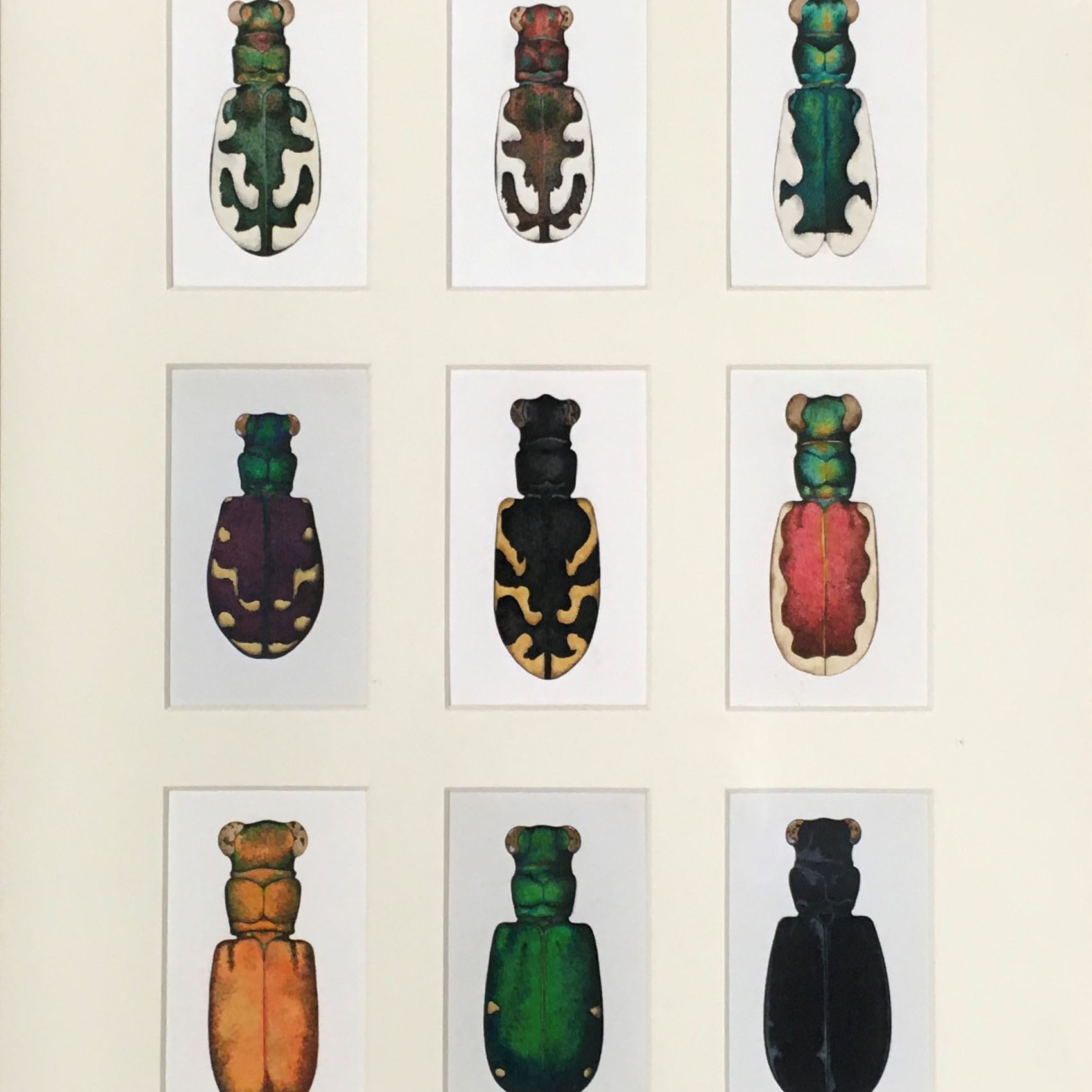
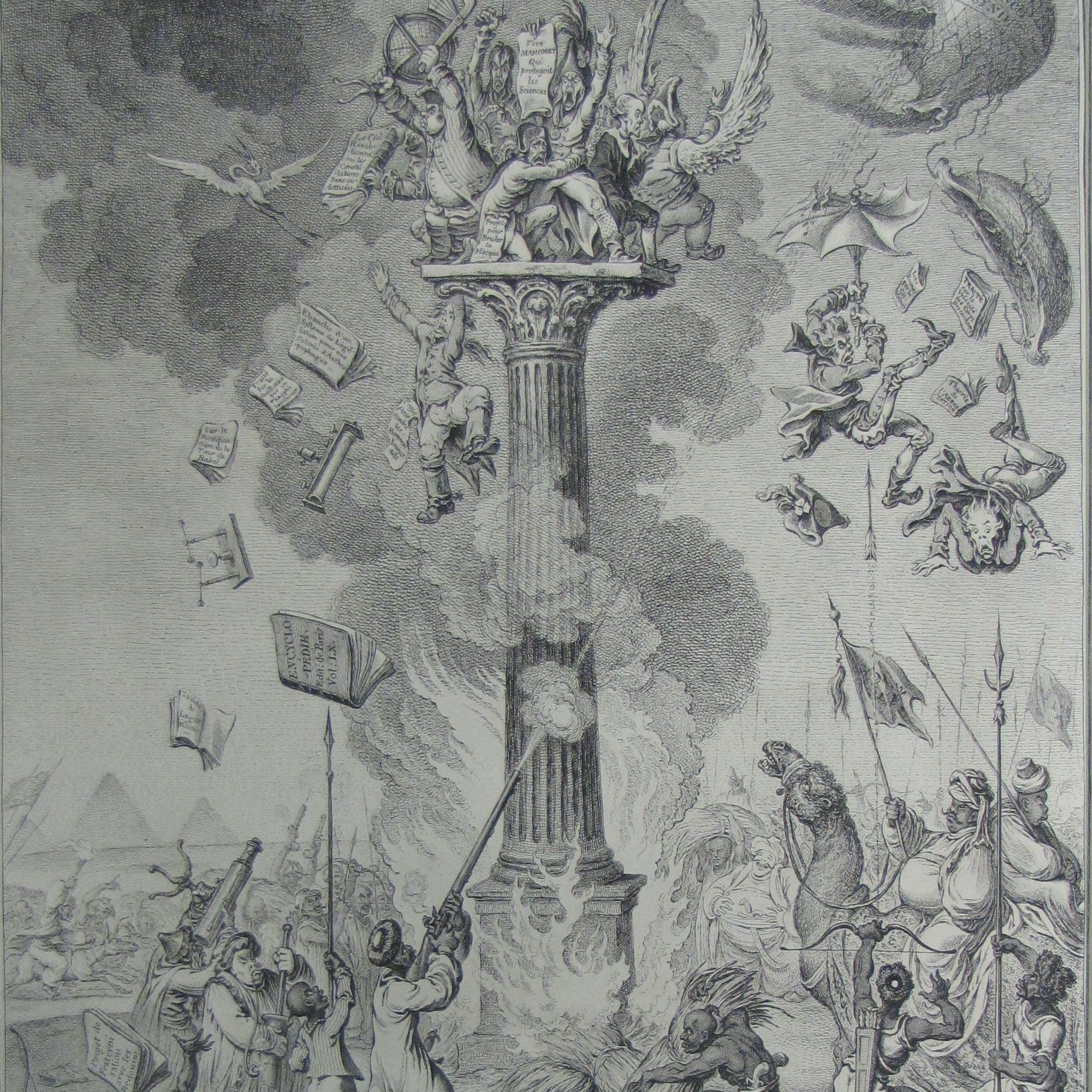

![Howard Russell Butler's [Hydrogen prominences]](https://futureoftruth.media.uconn.edu/wp-content/uploads/sites/2921/2023/01/k6584-square.jpg)
